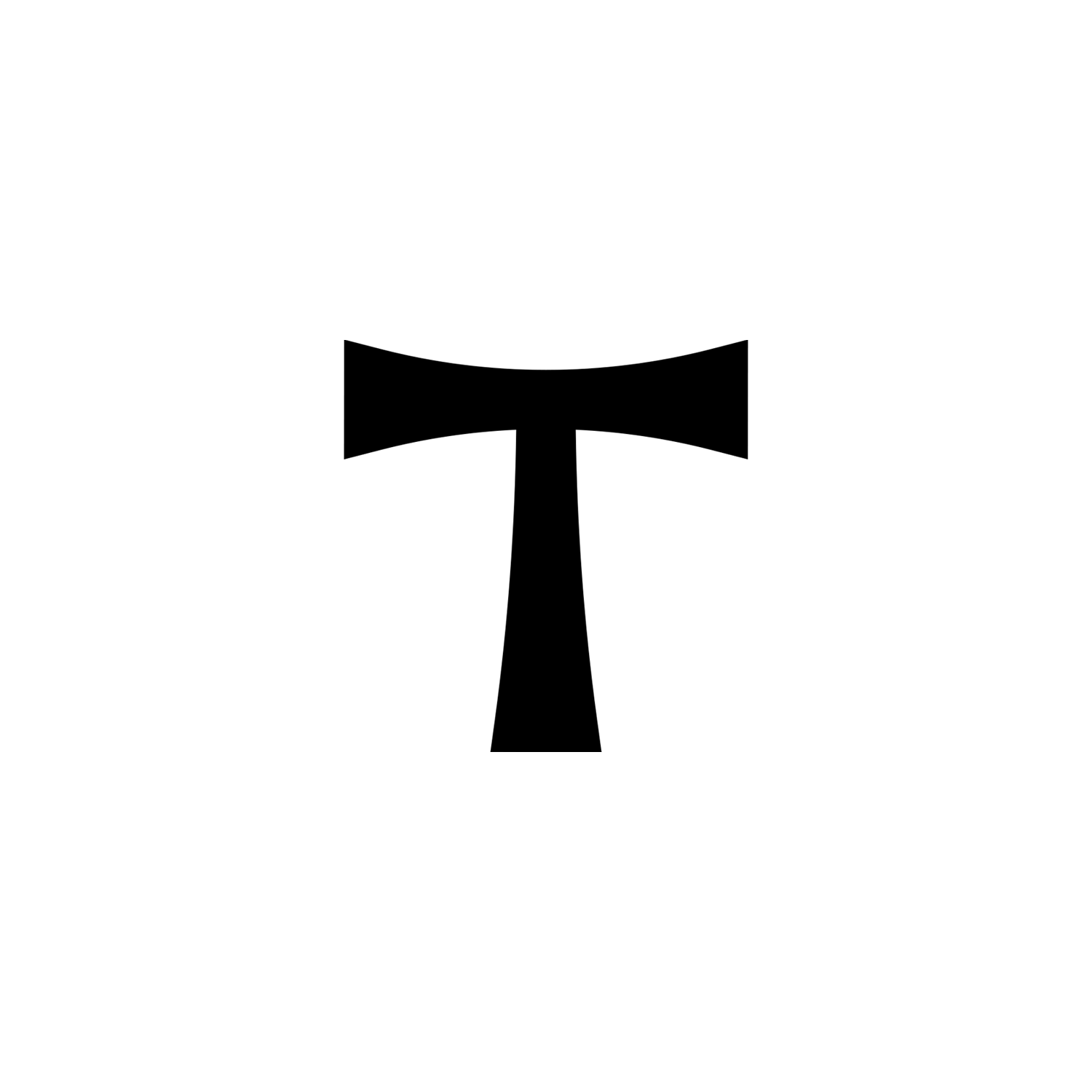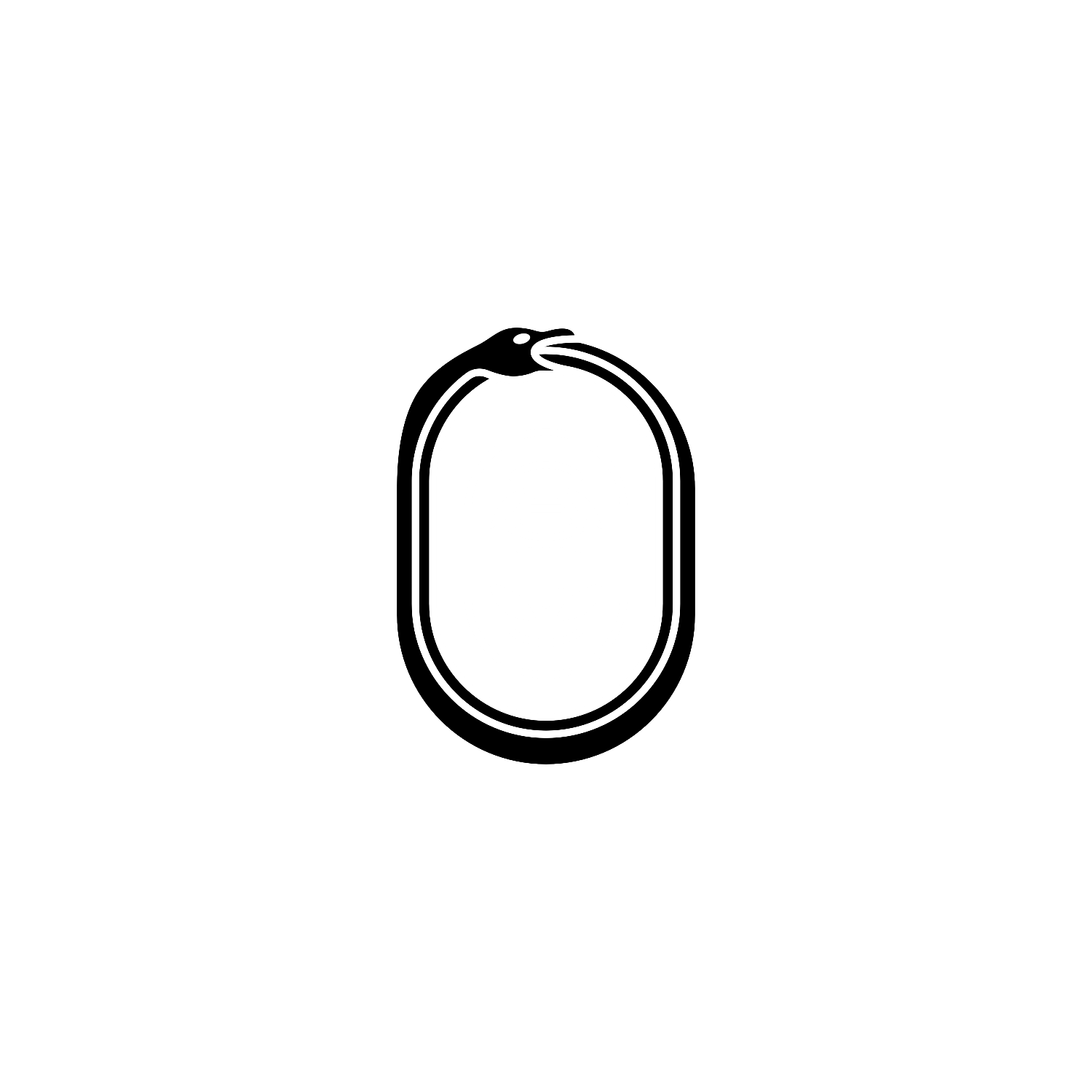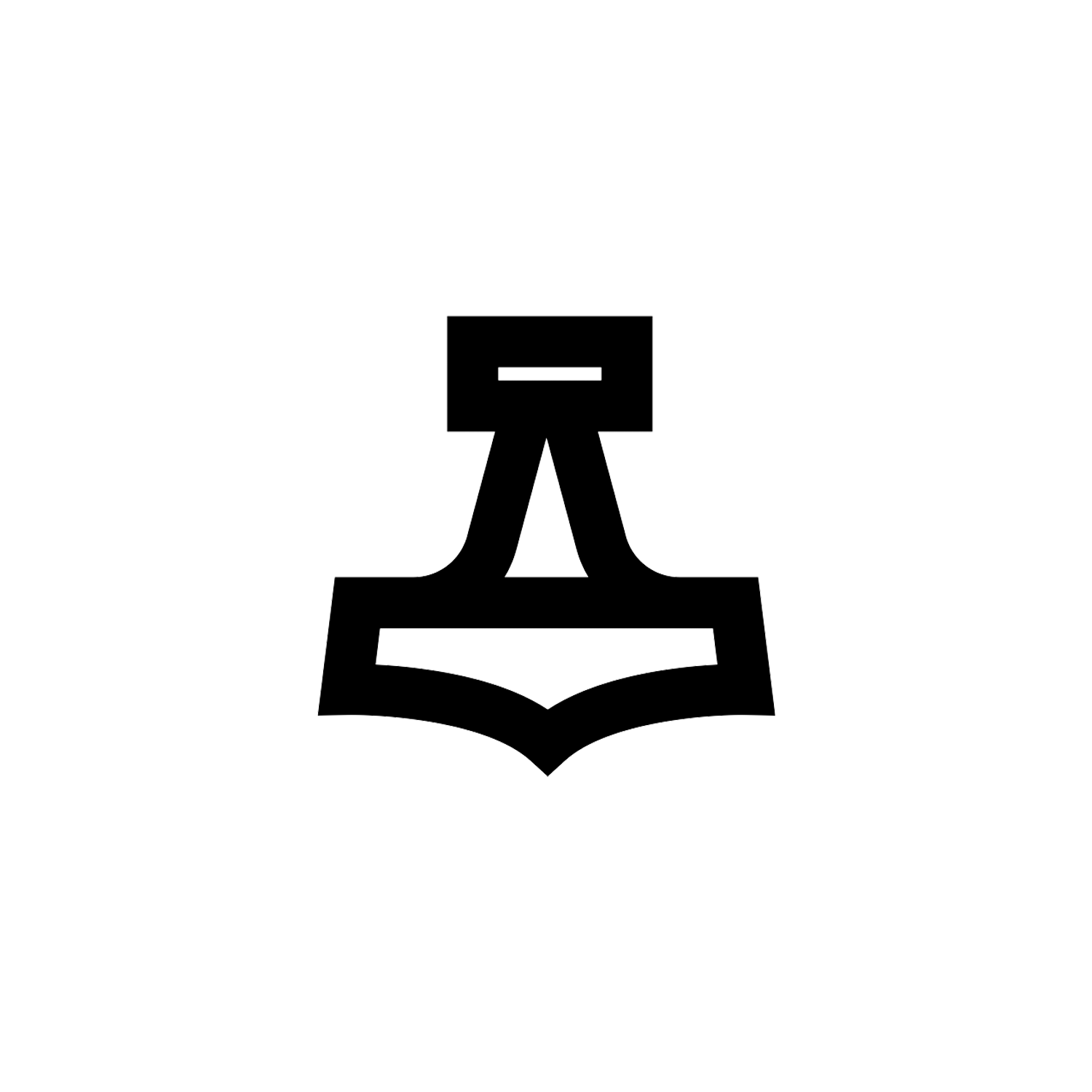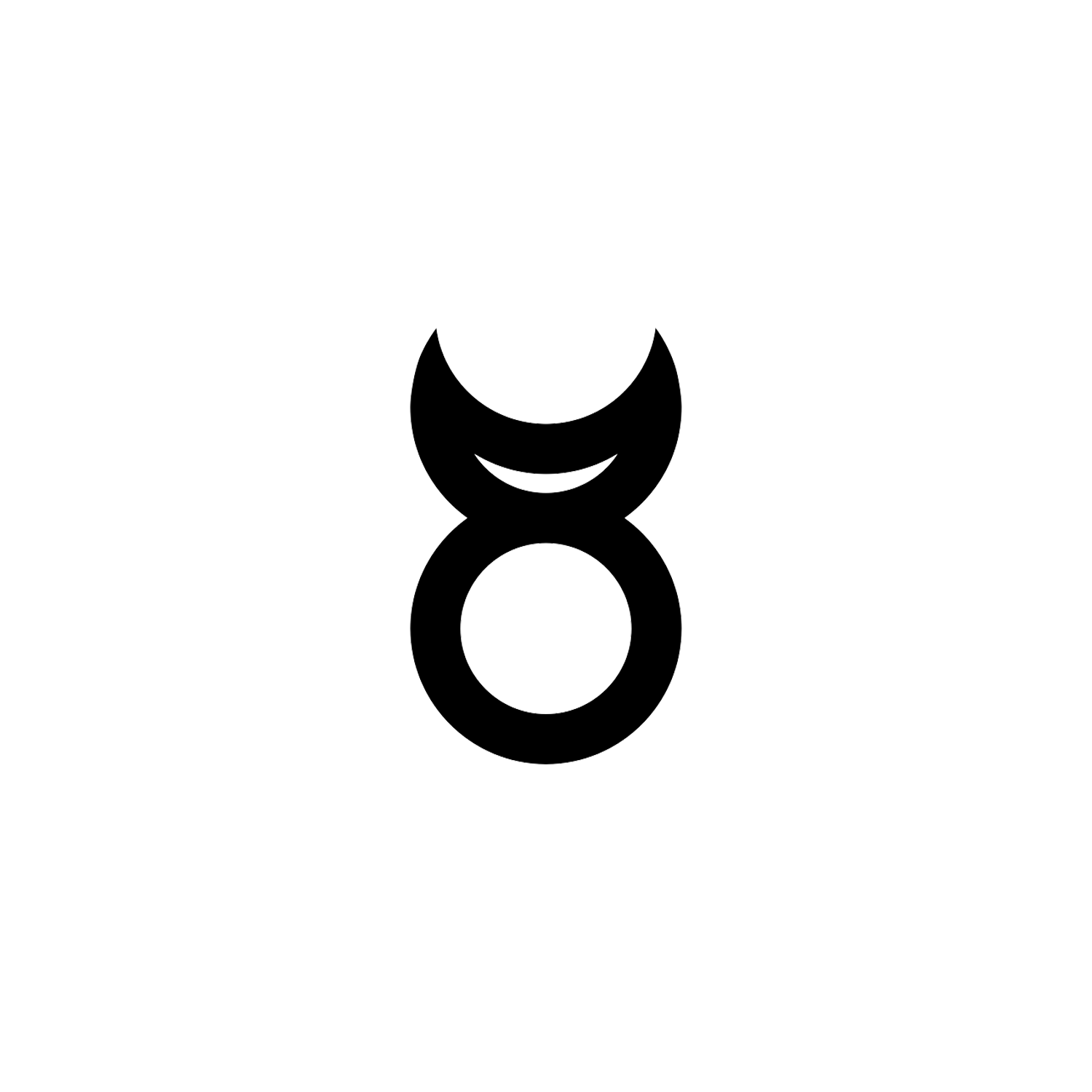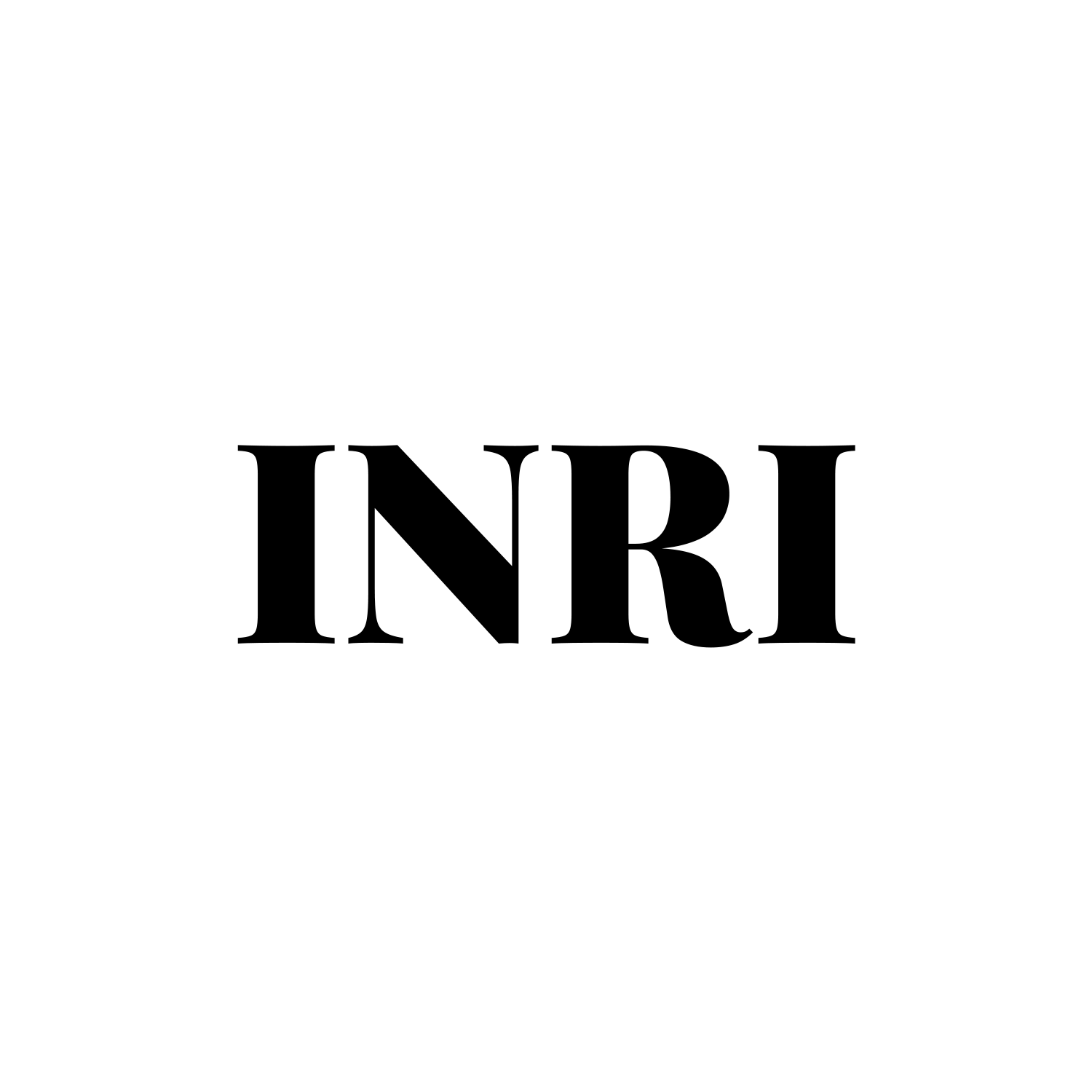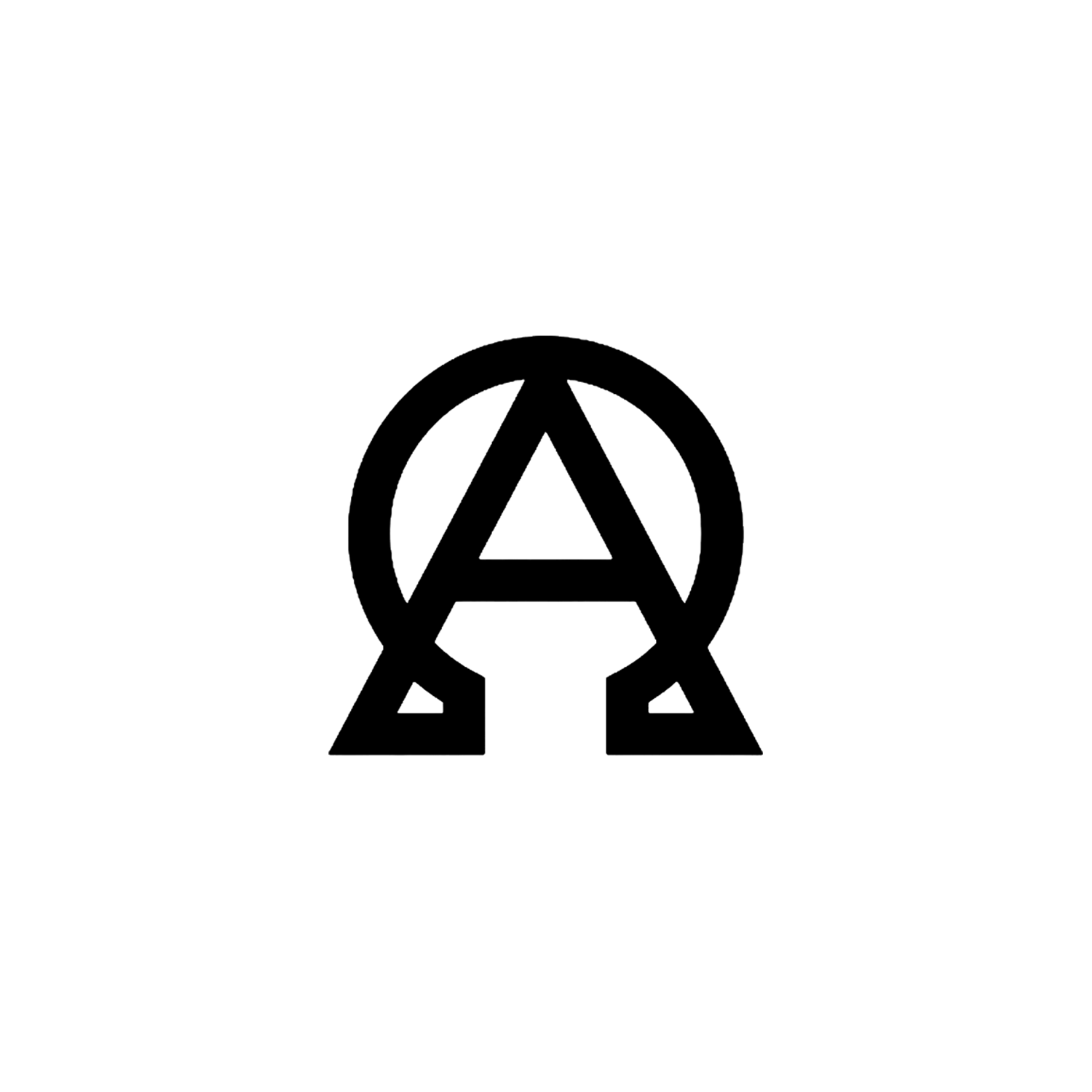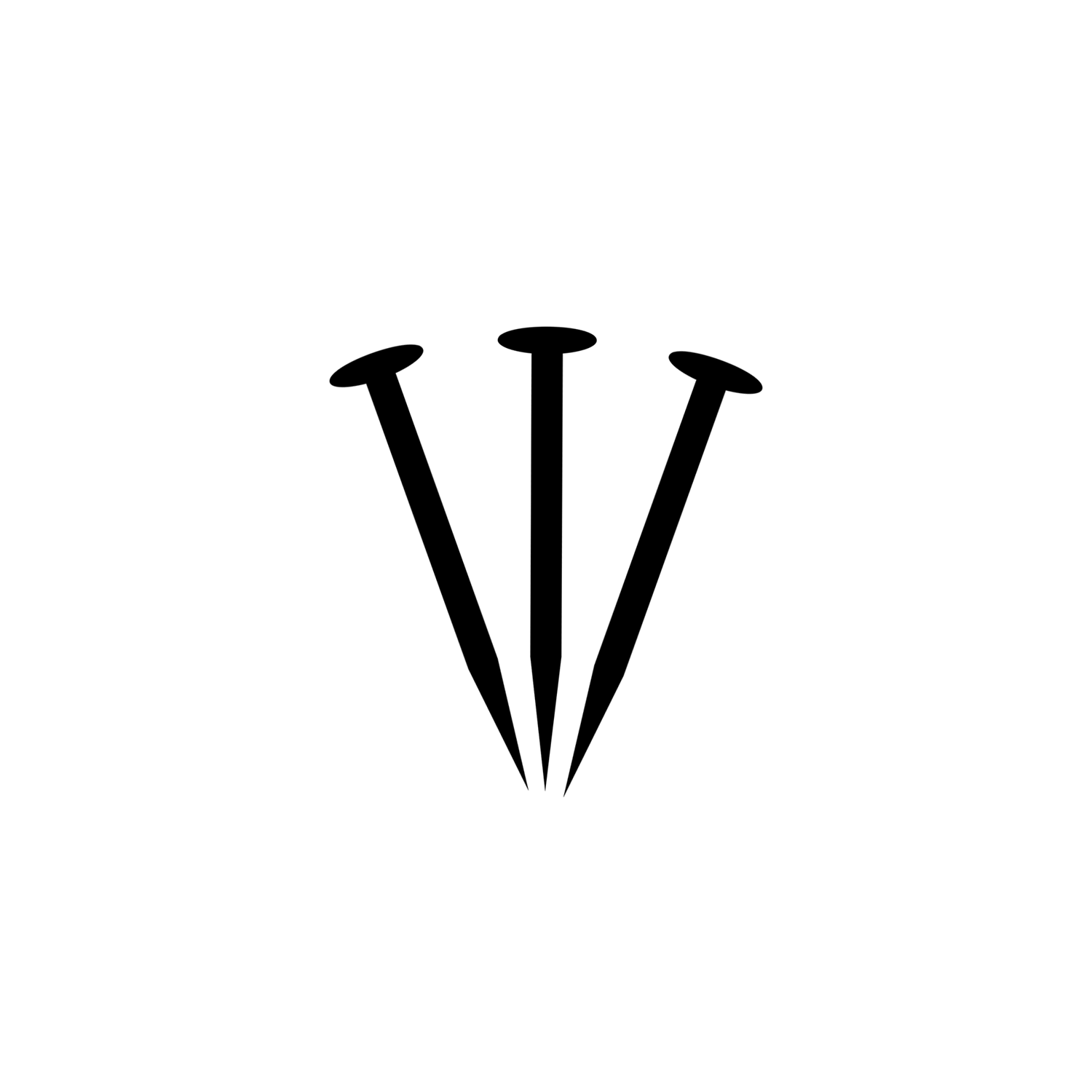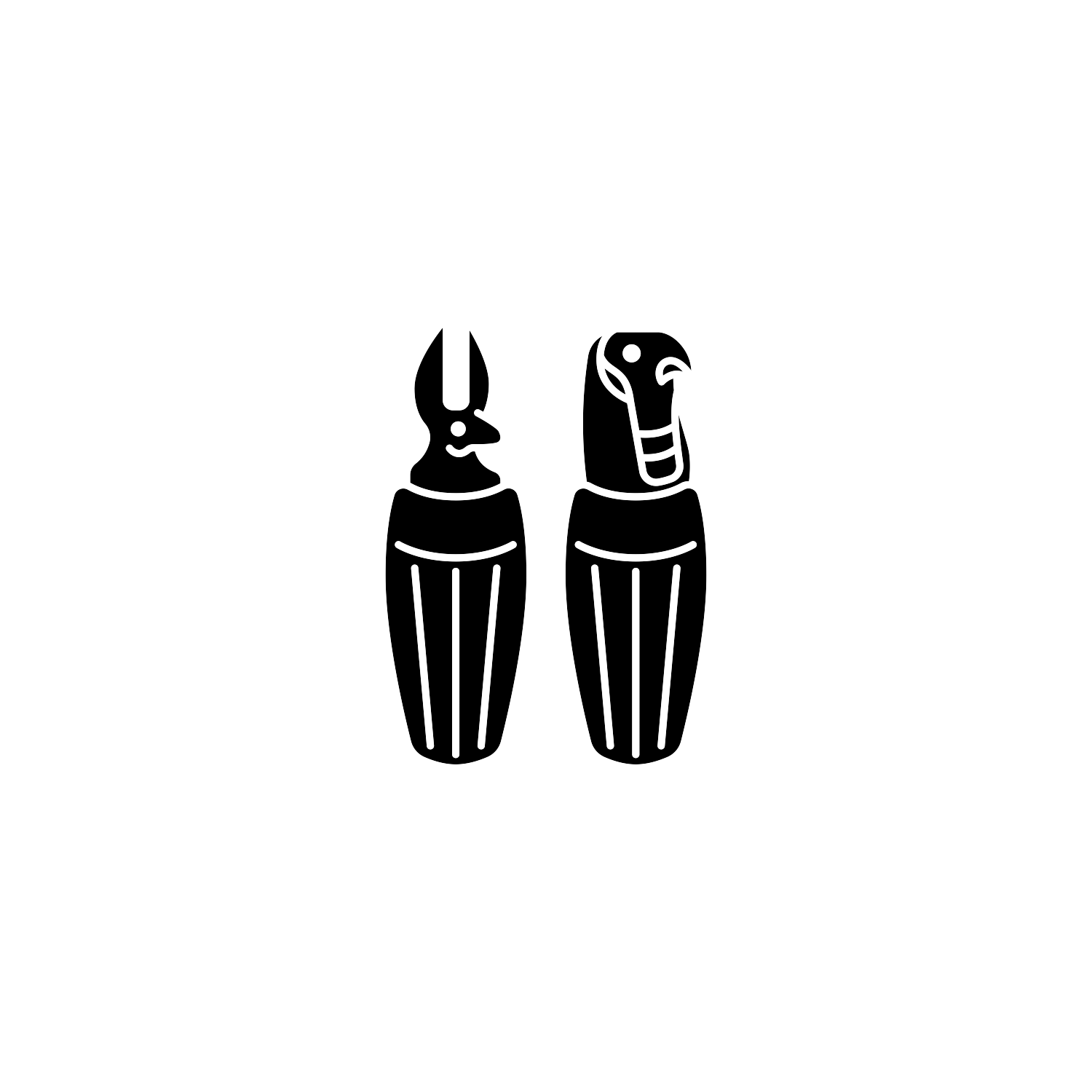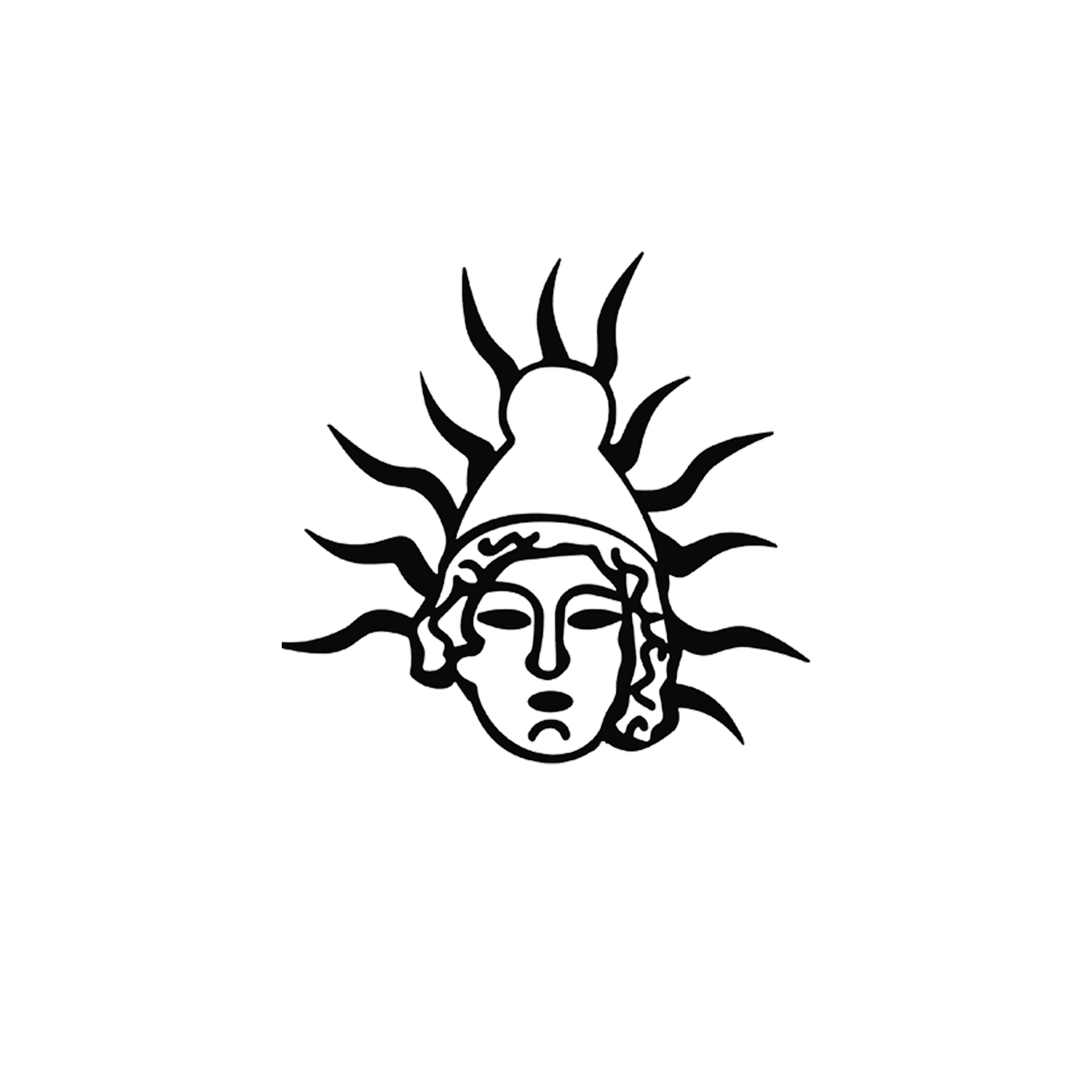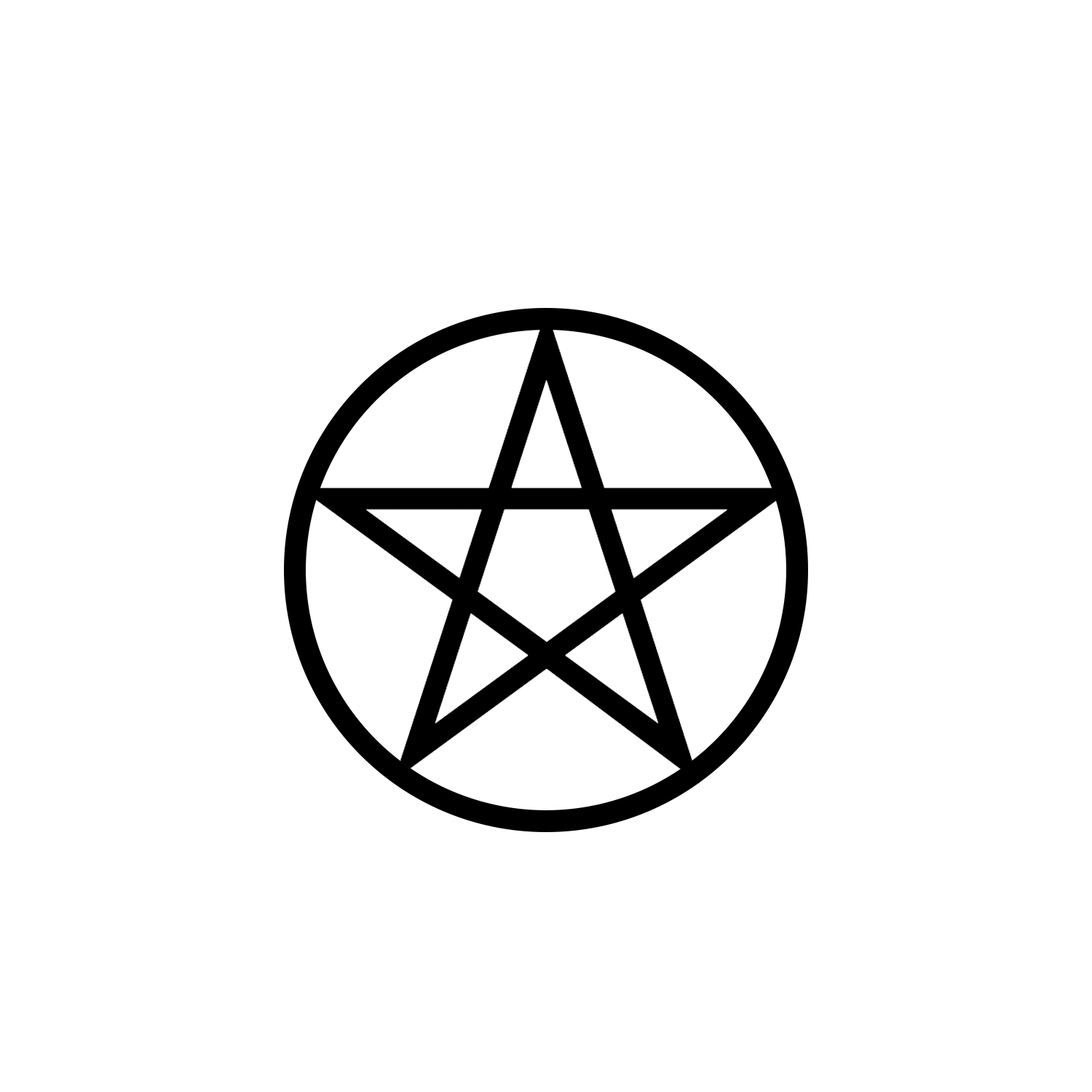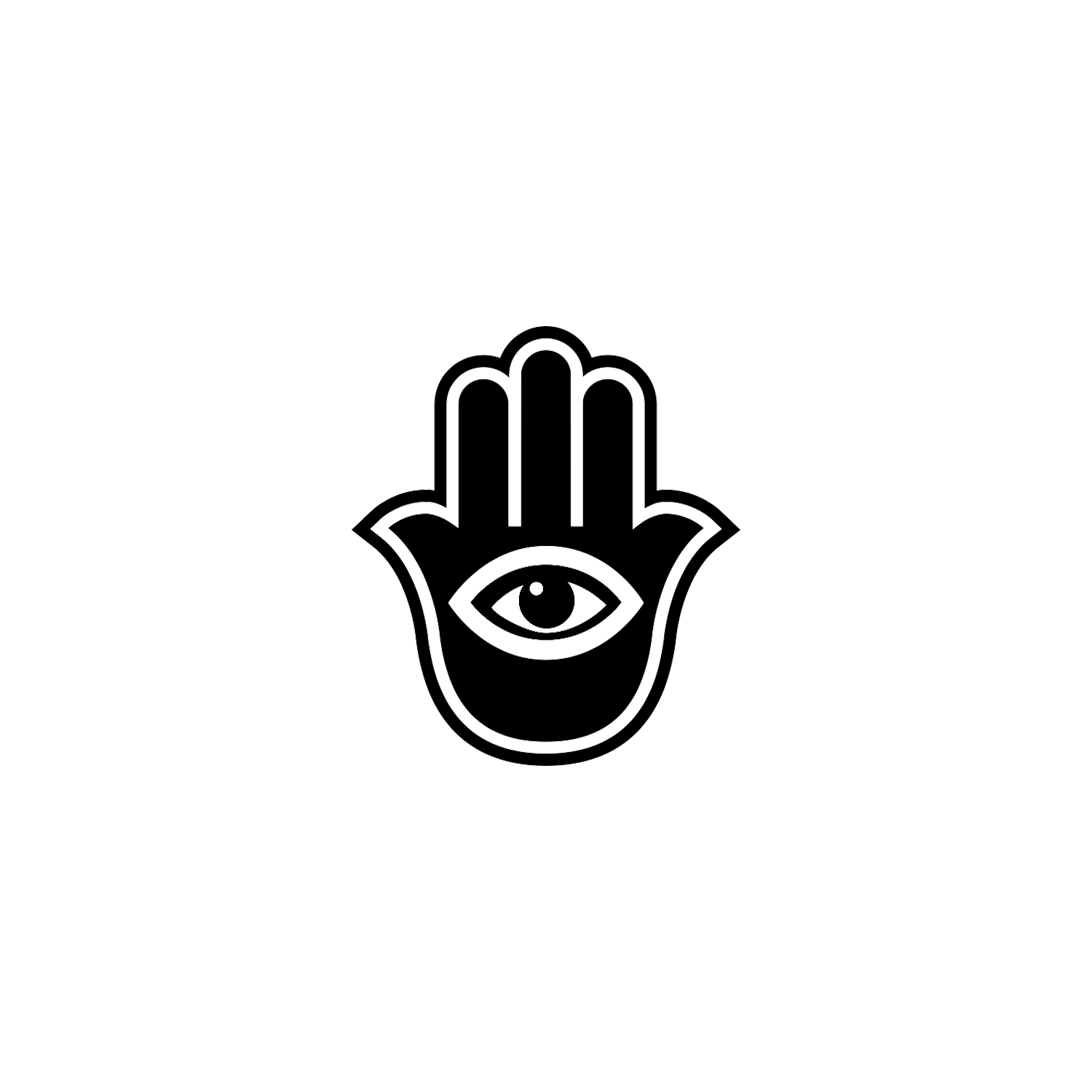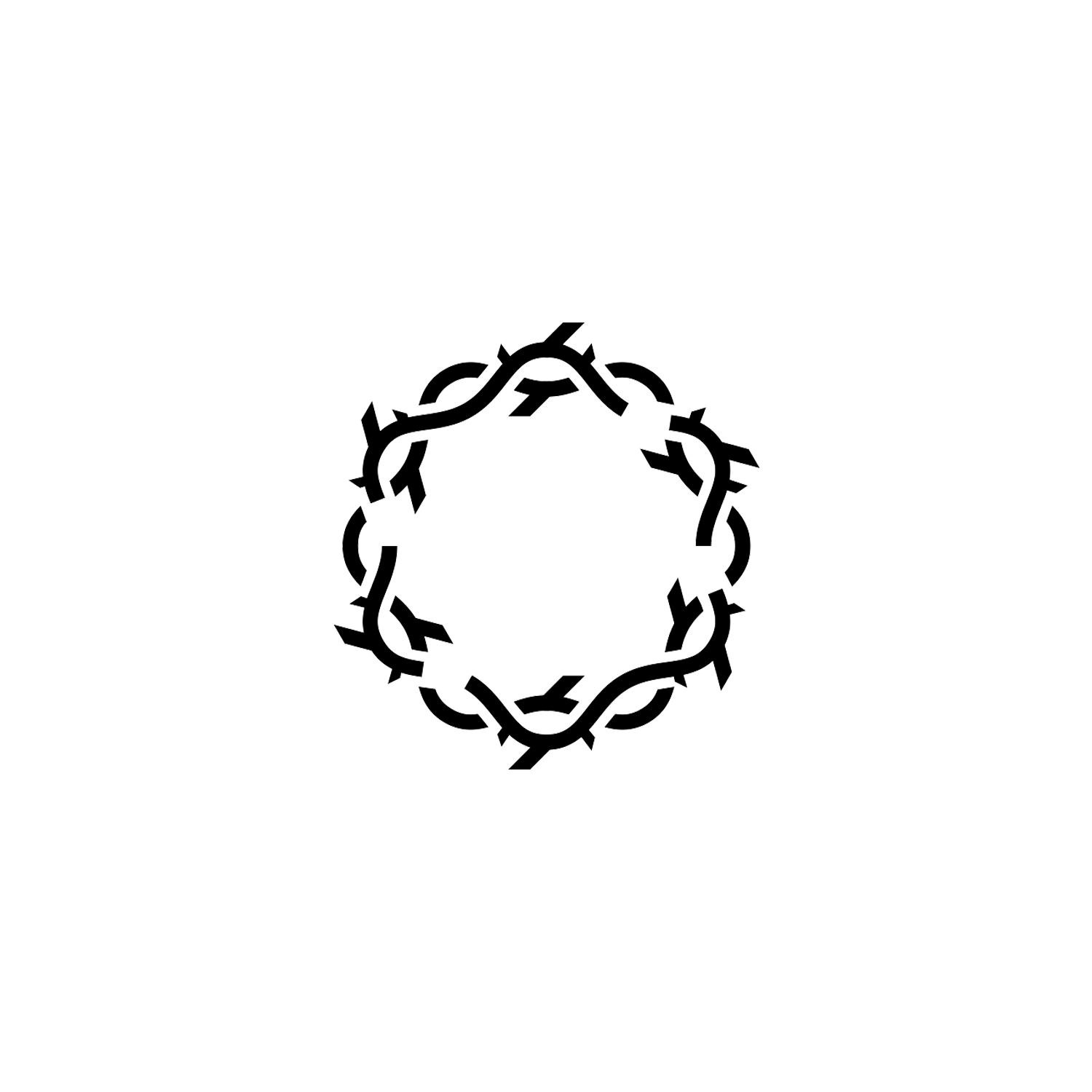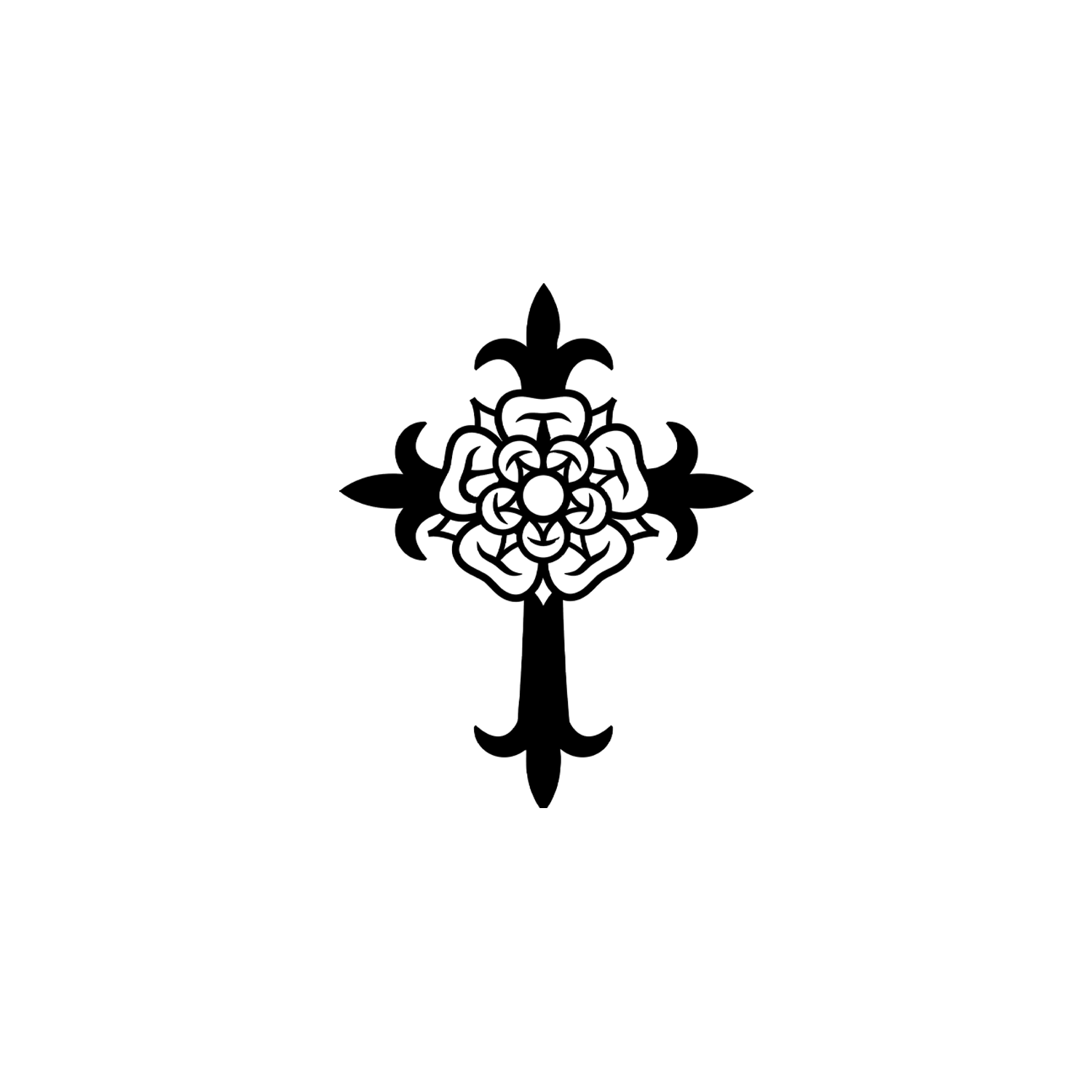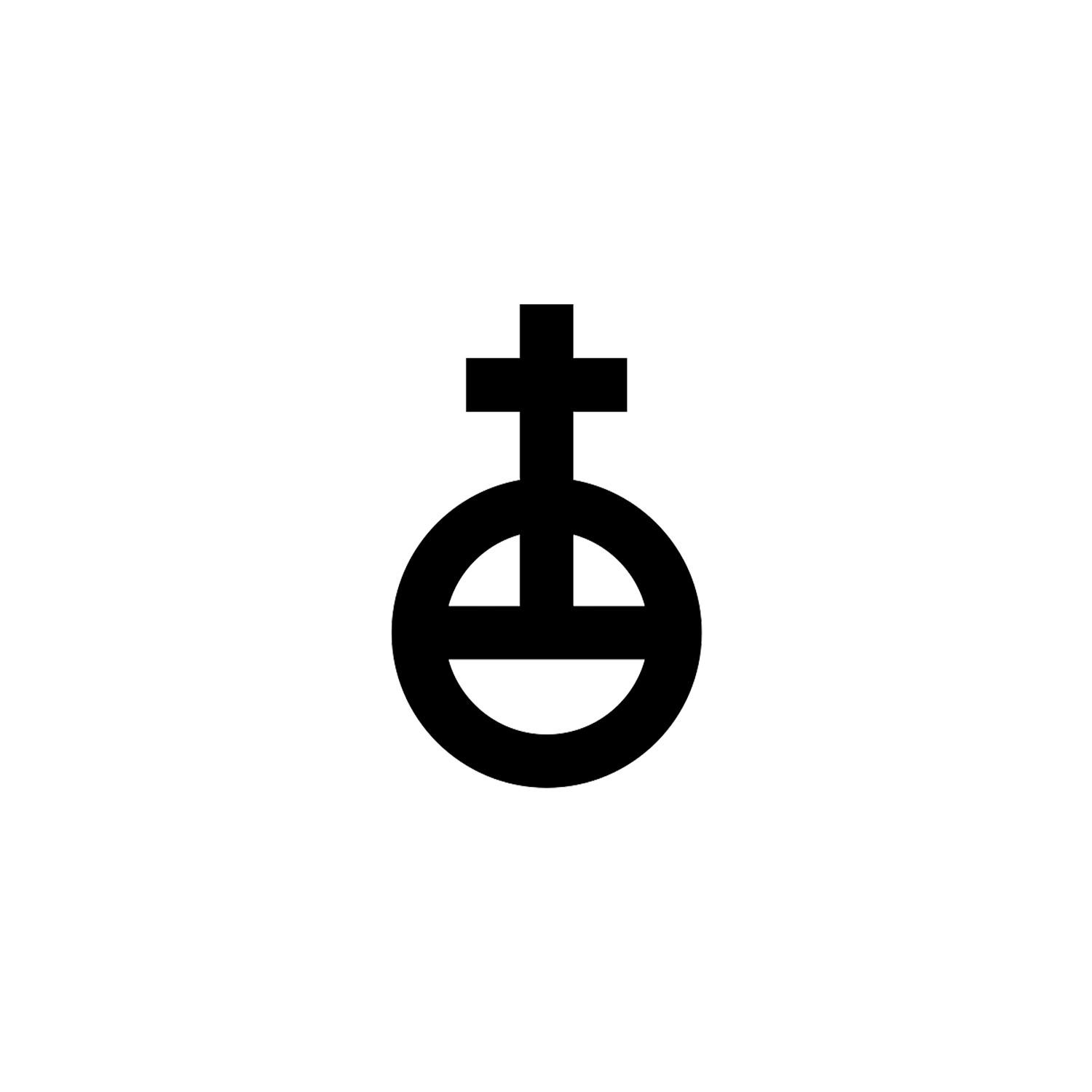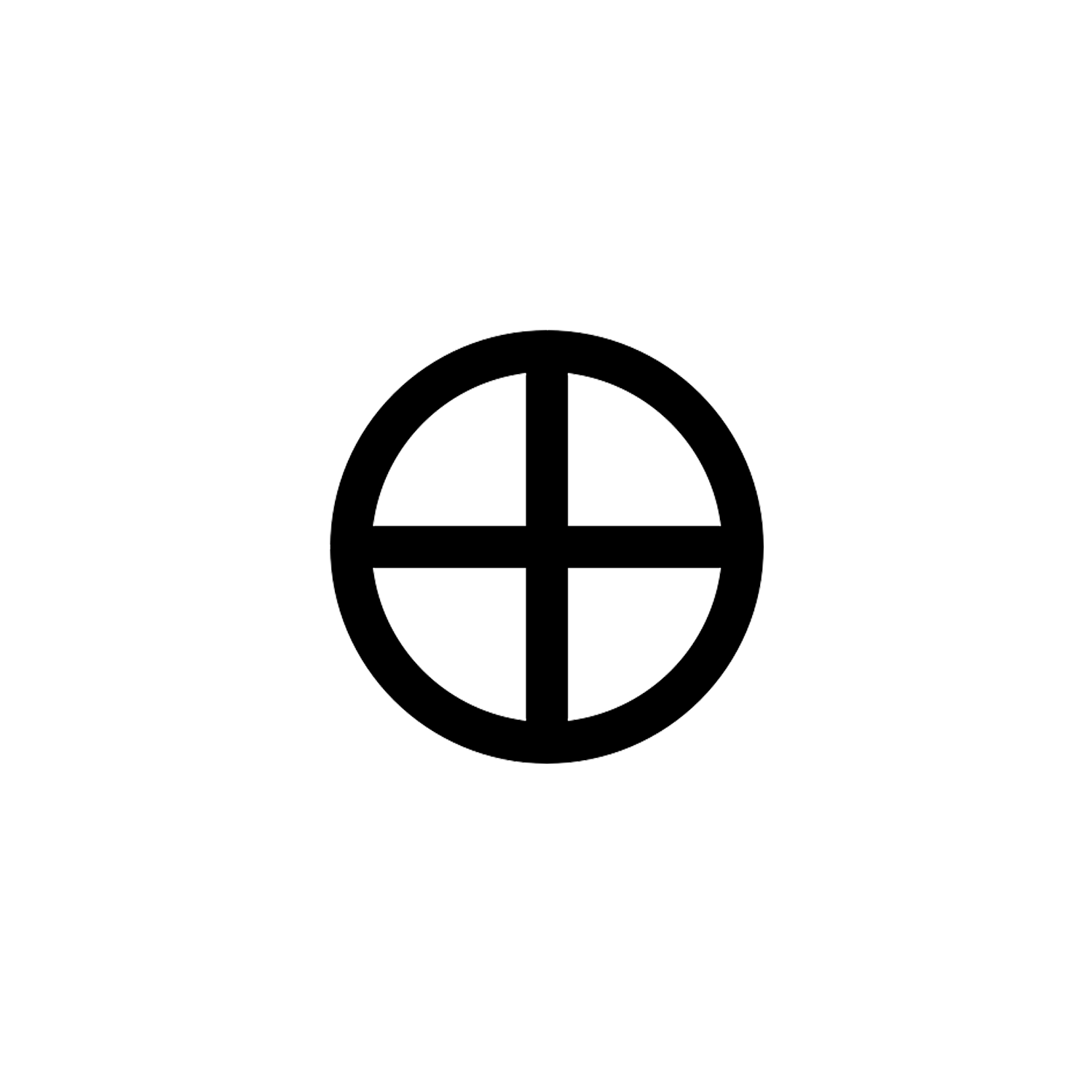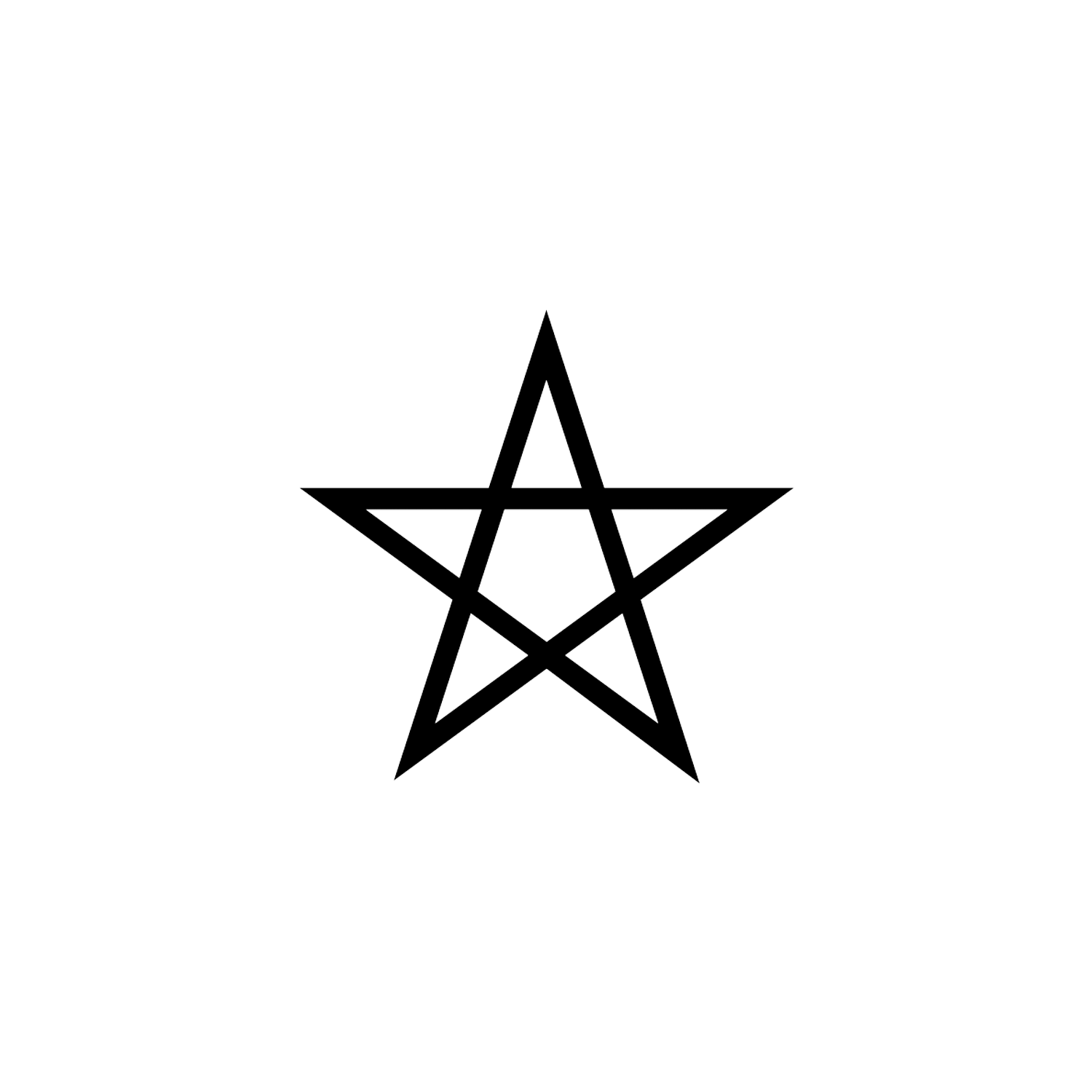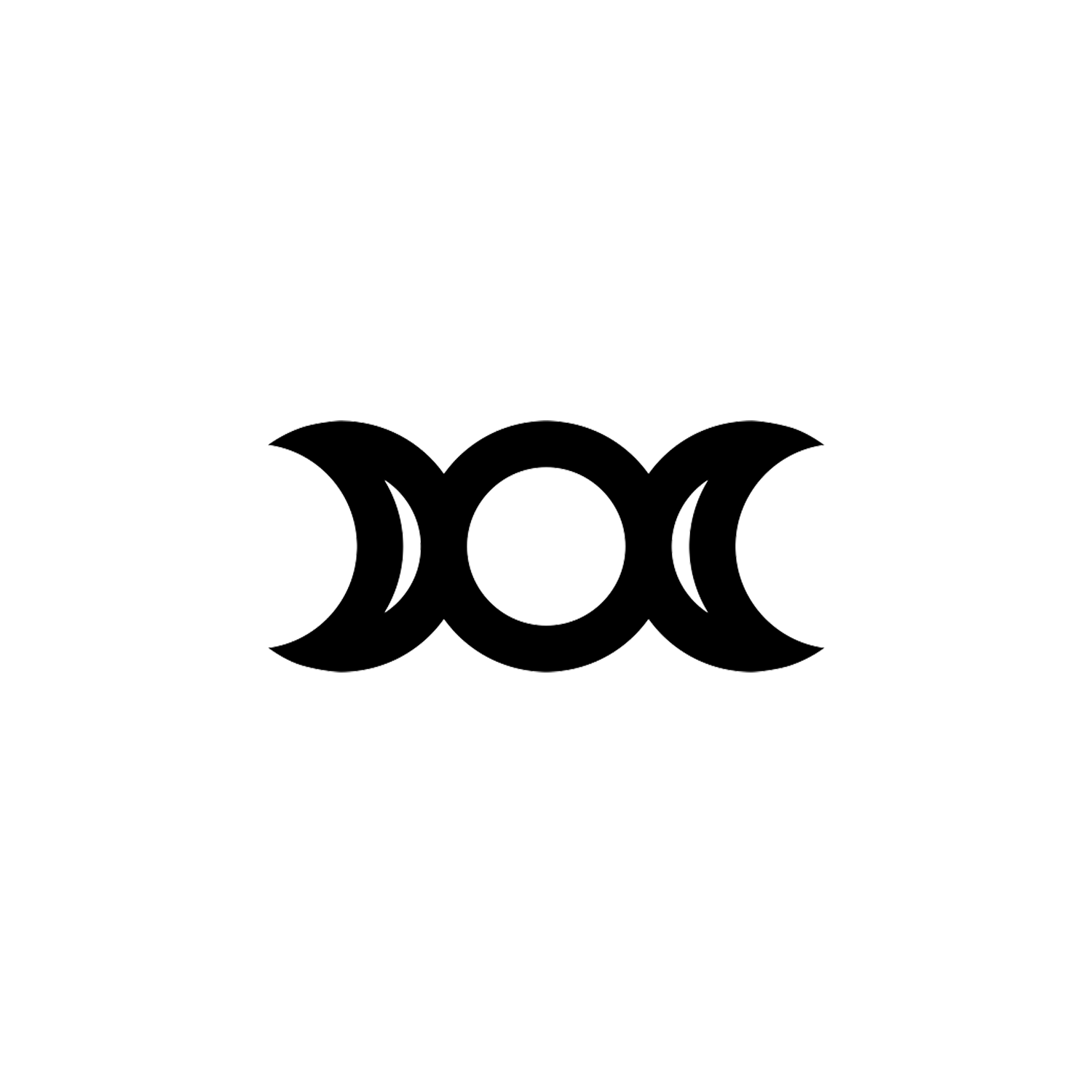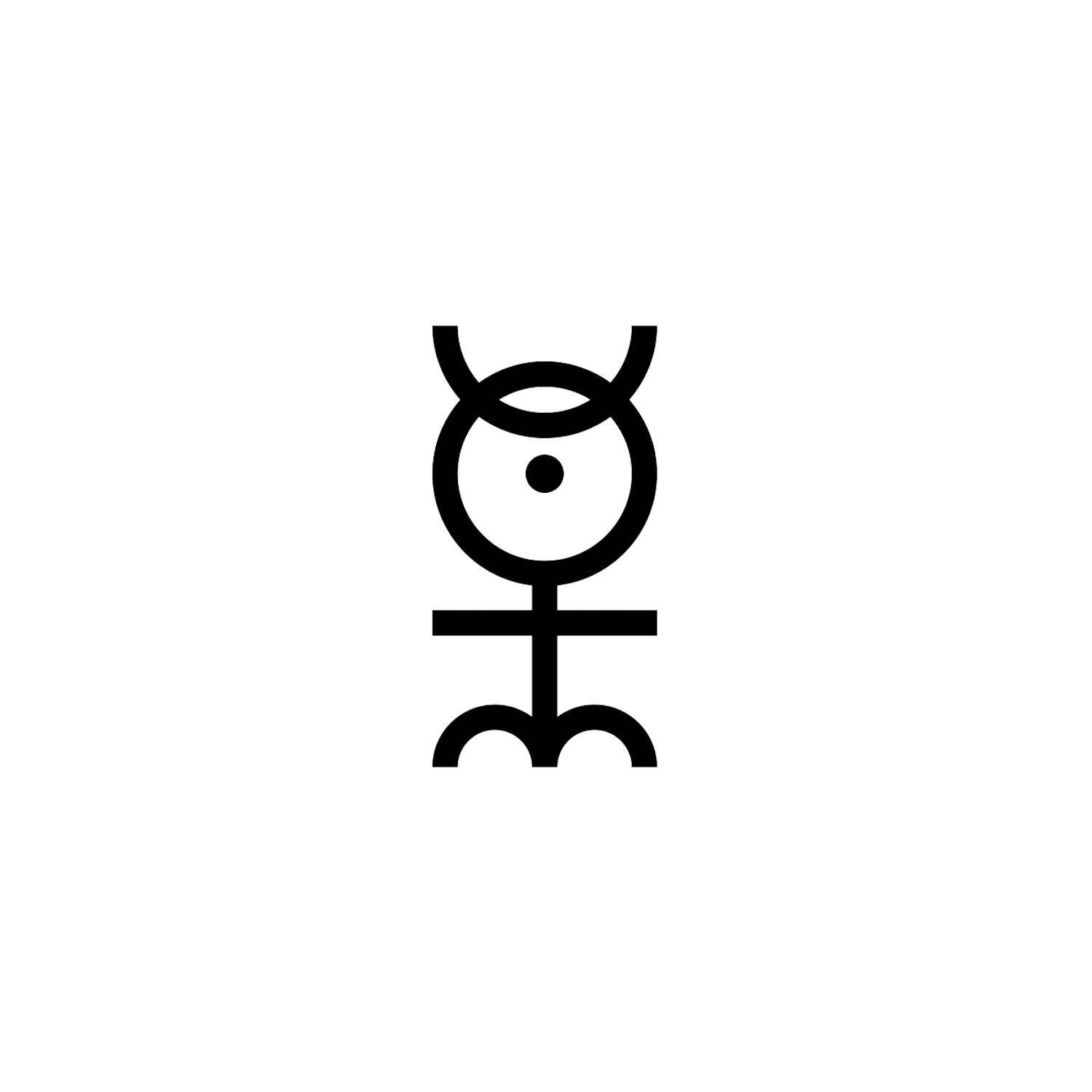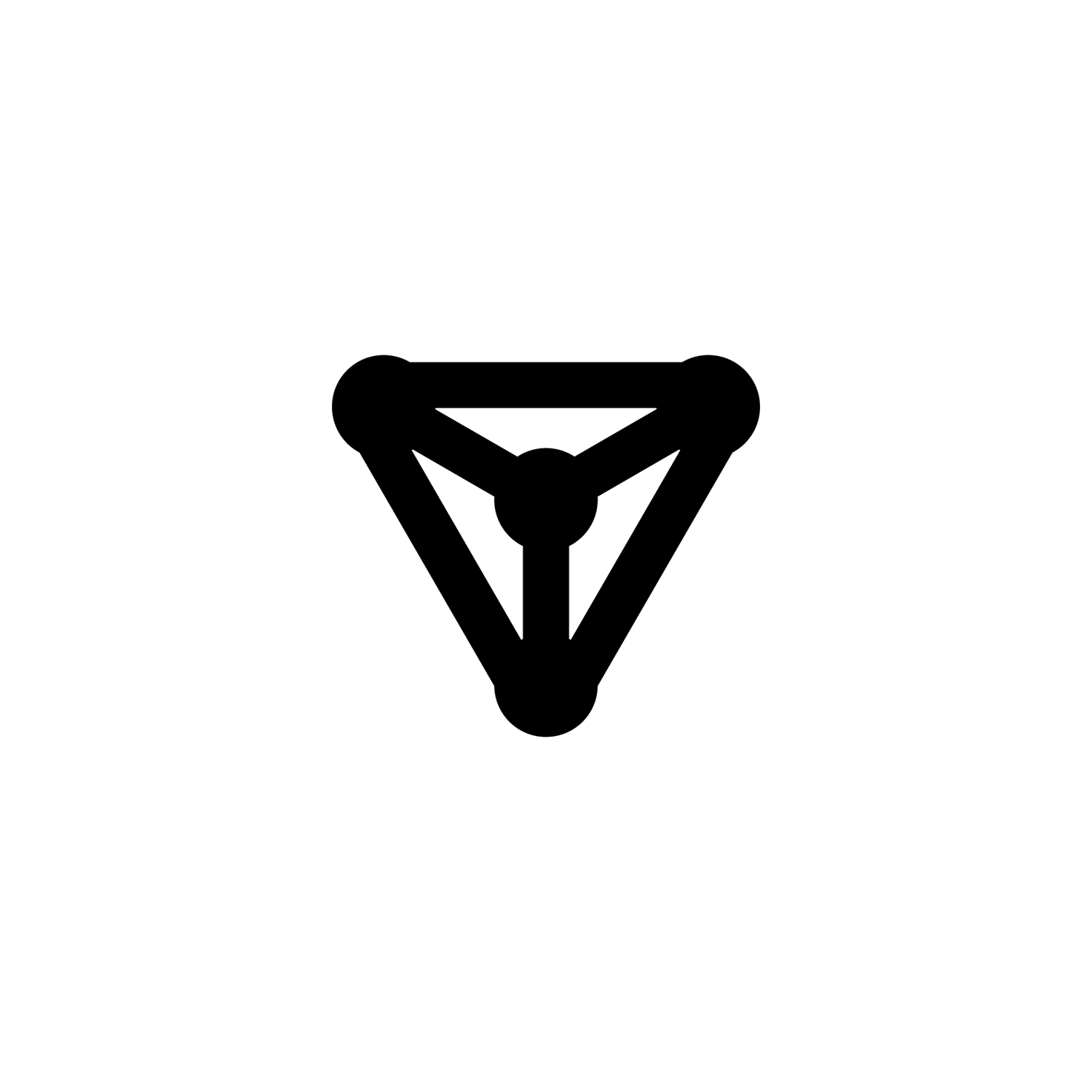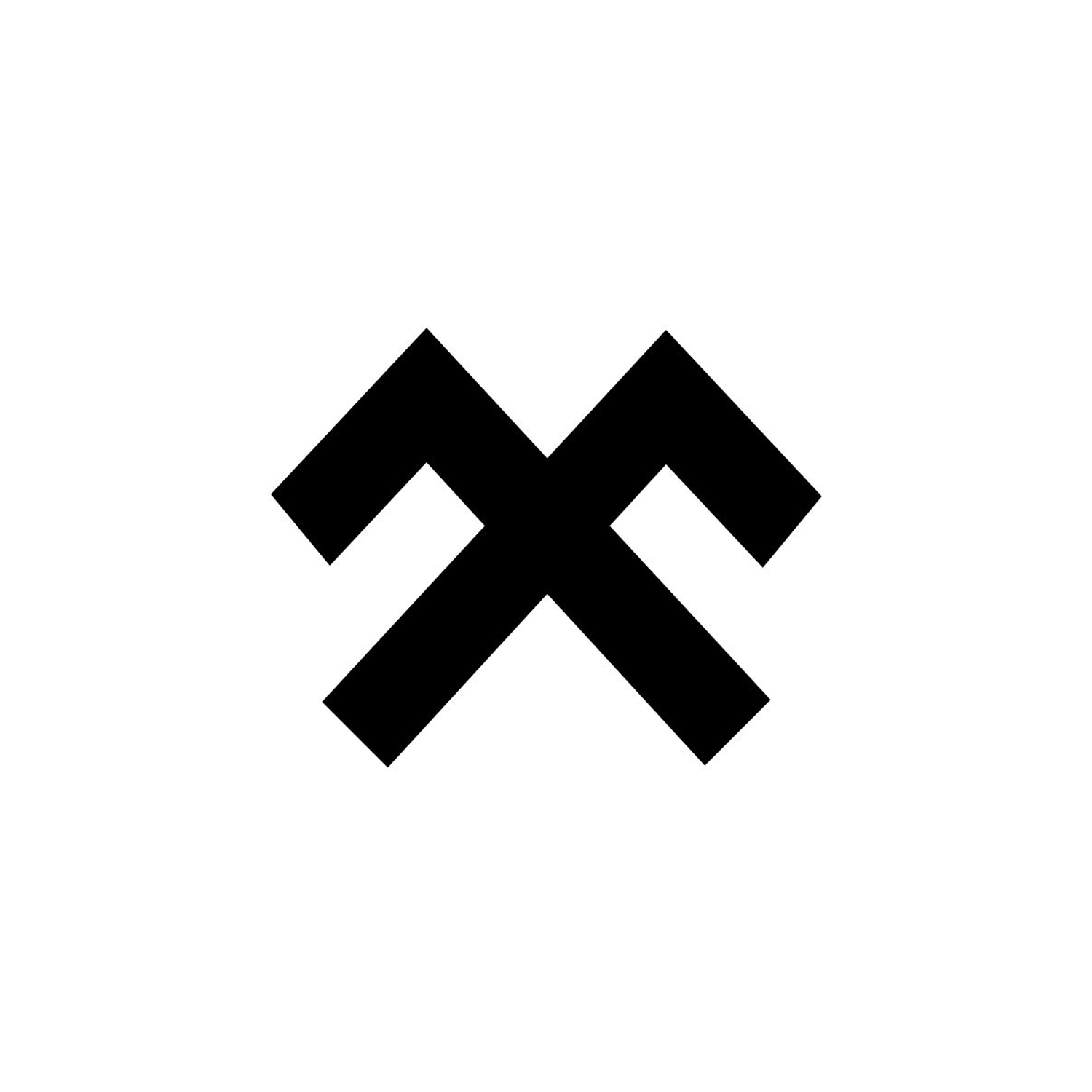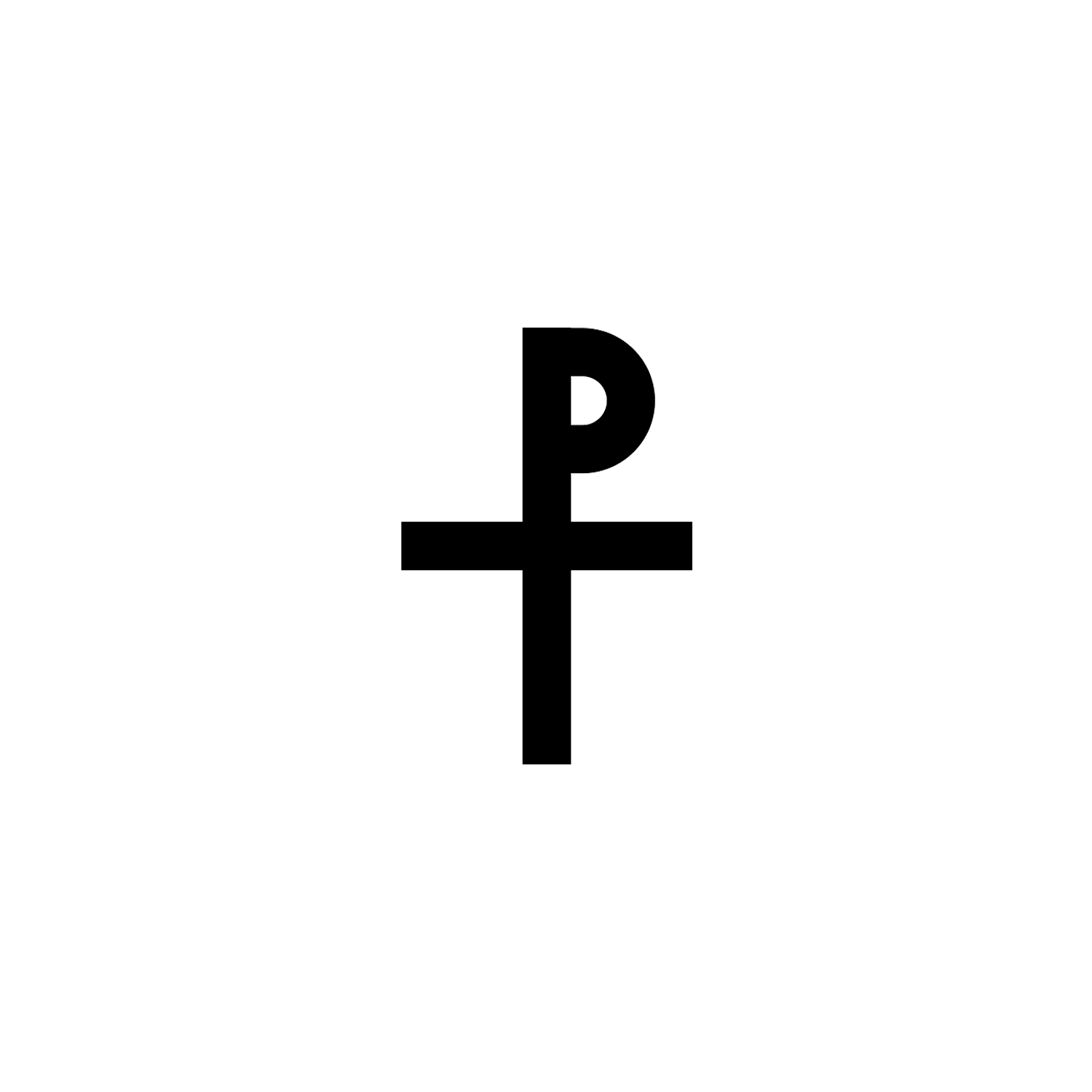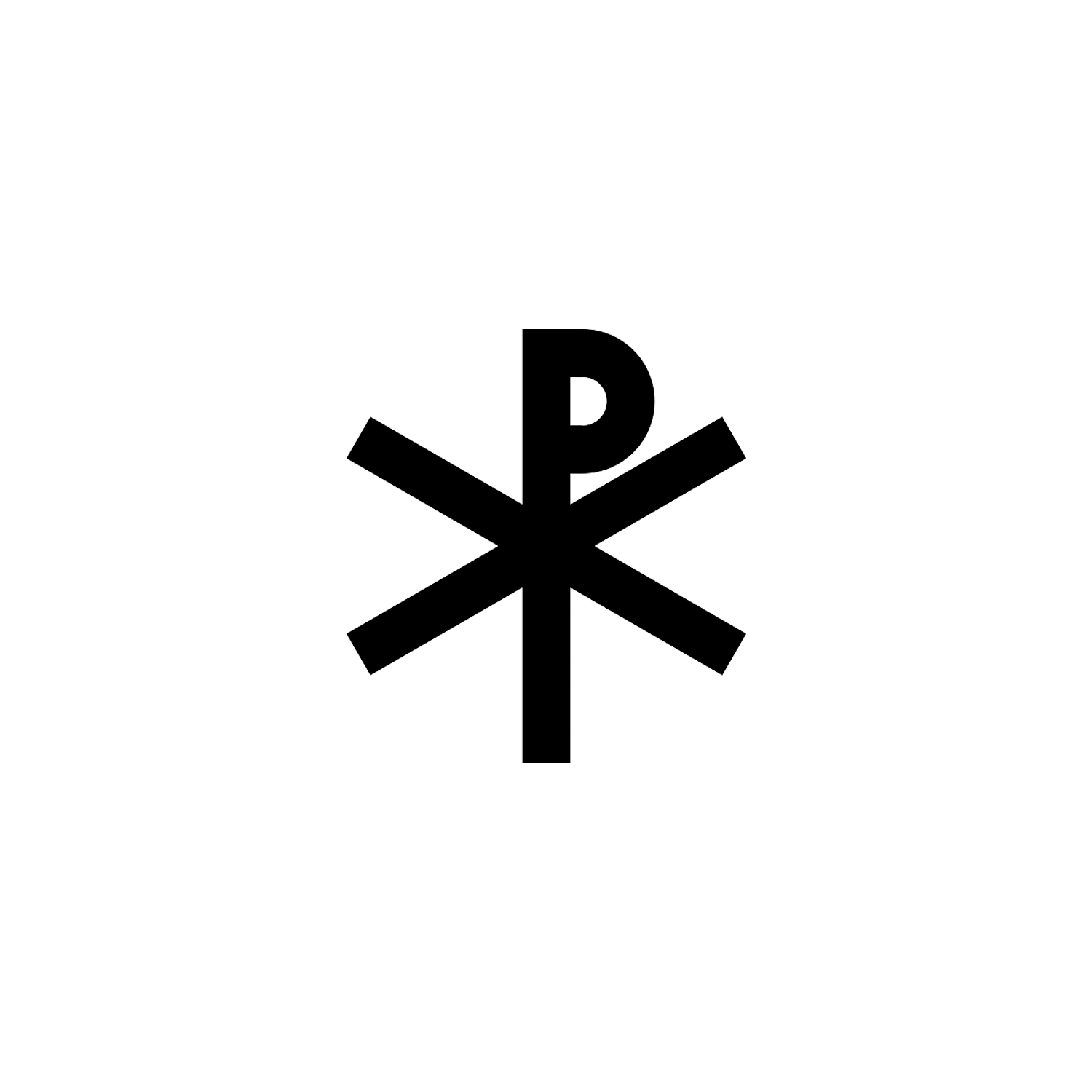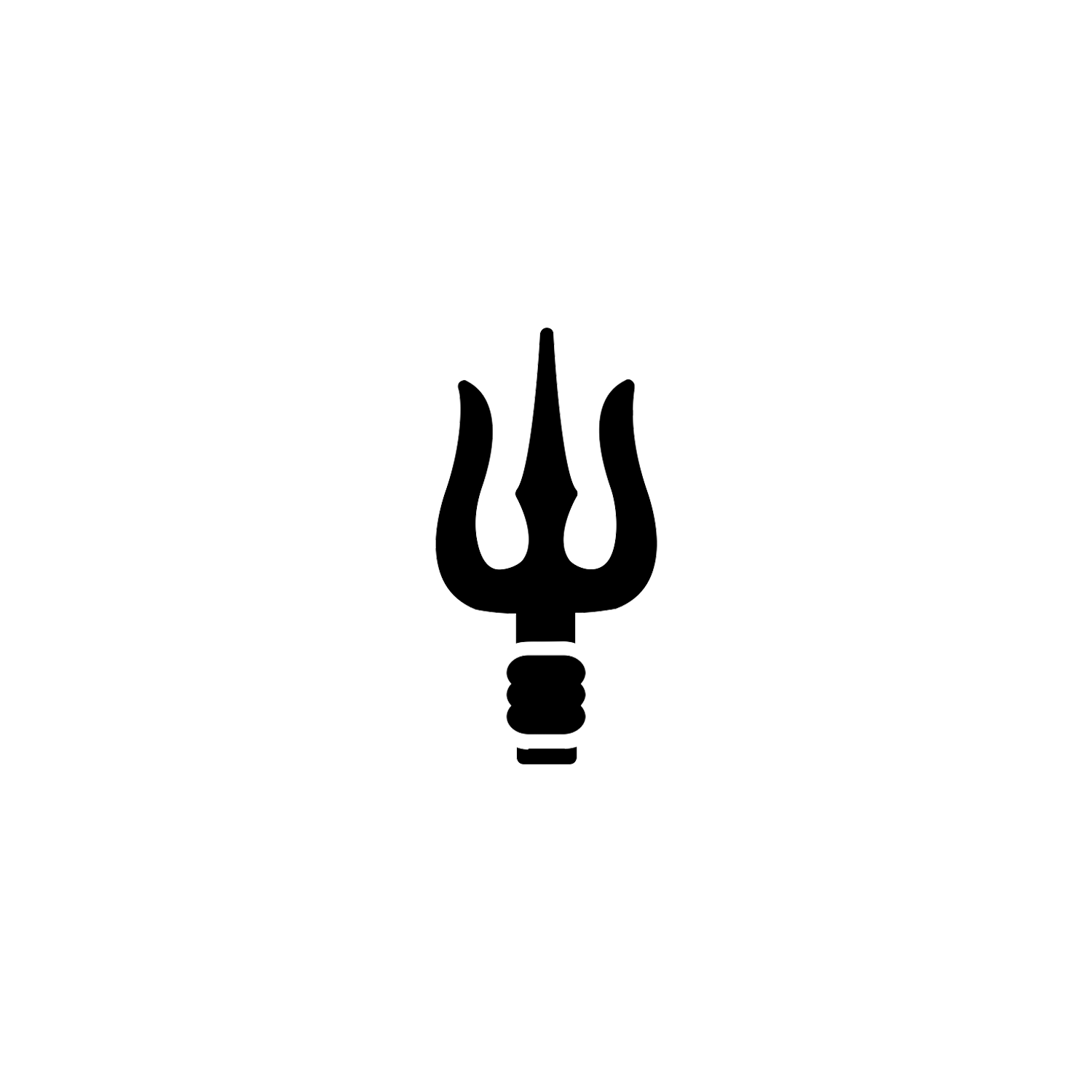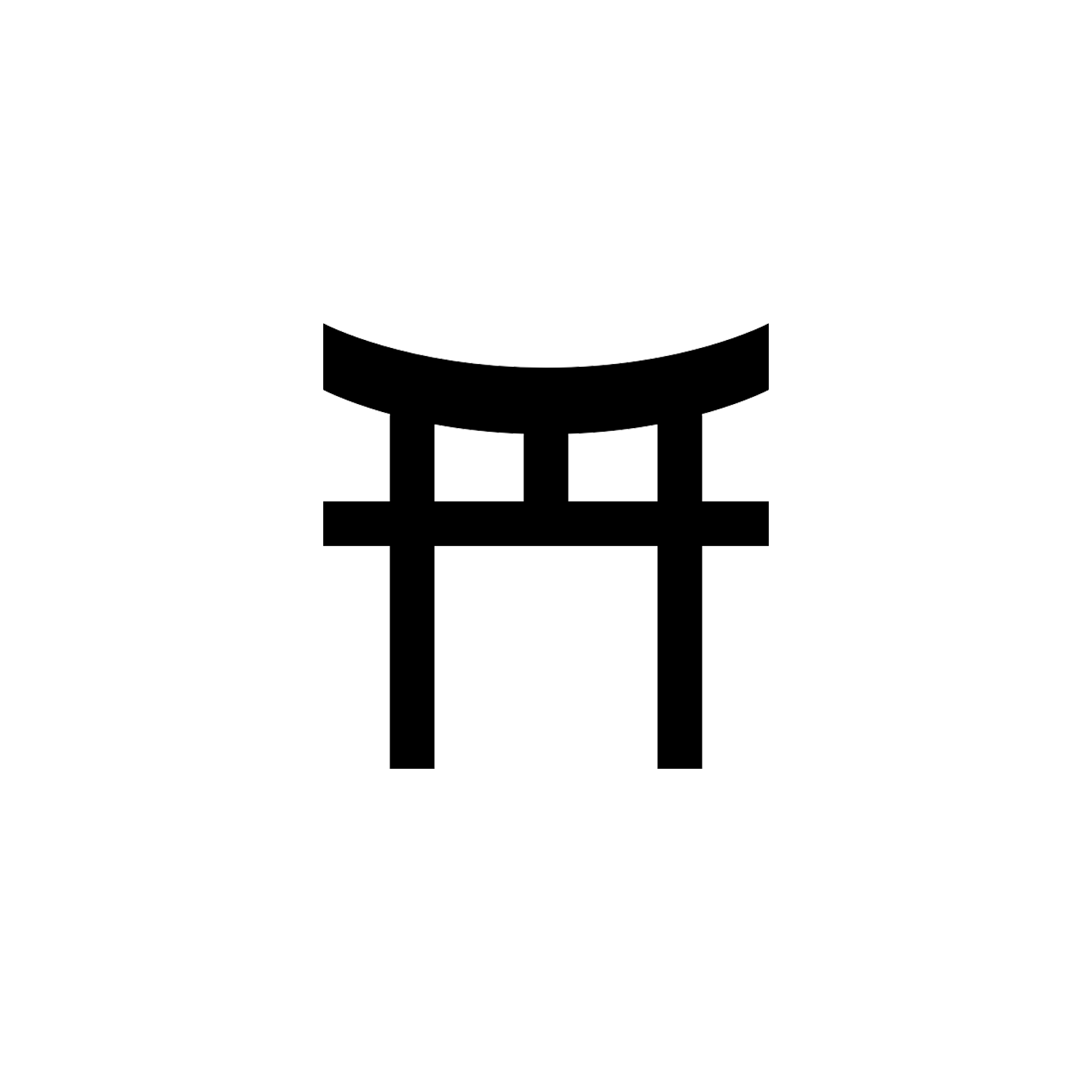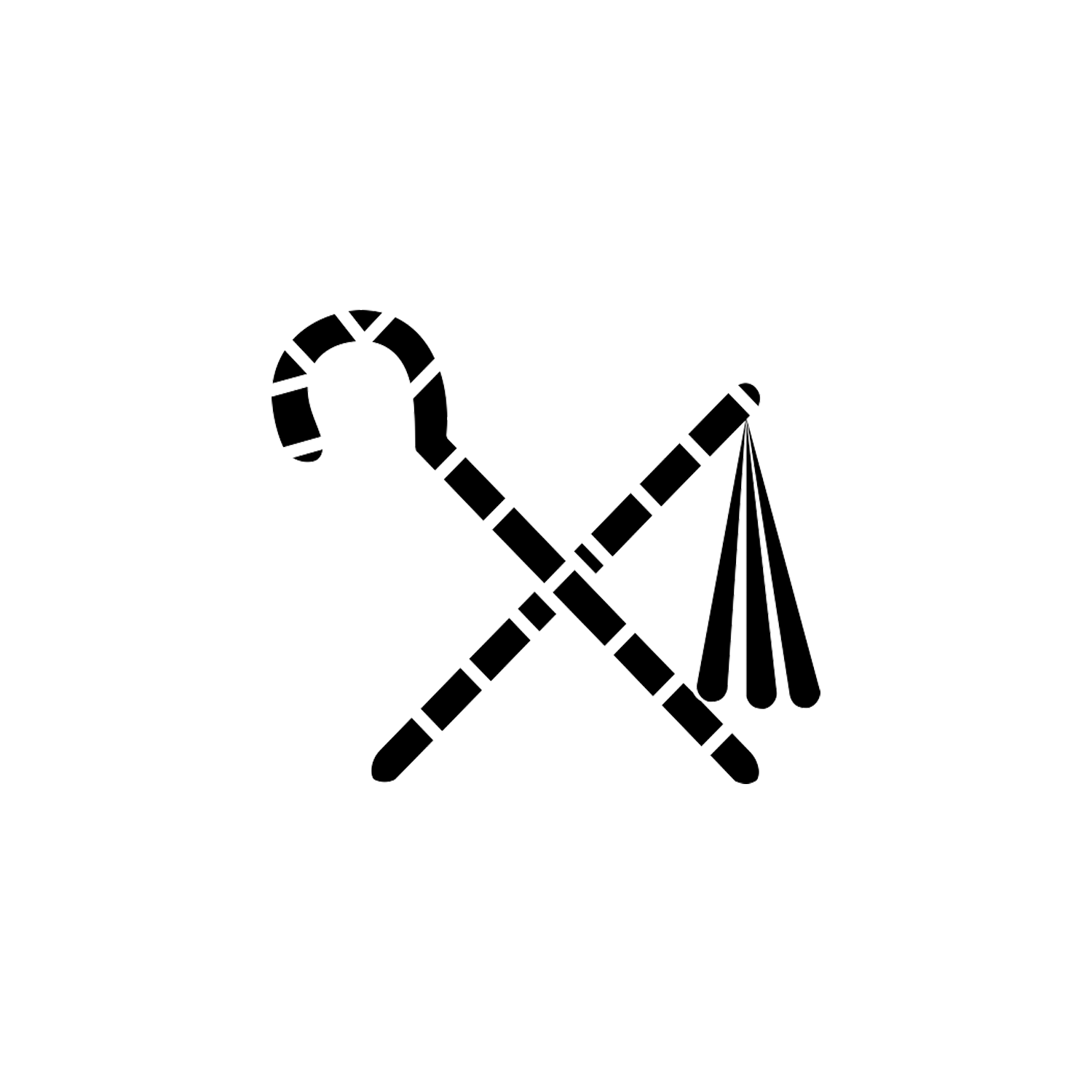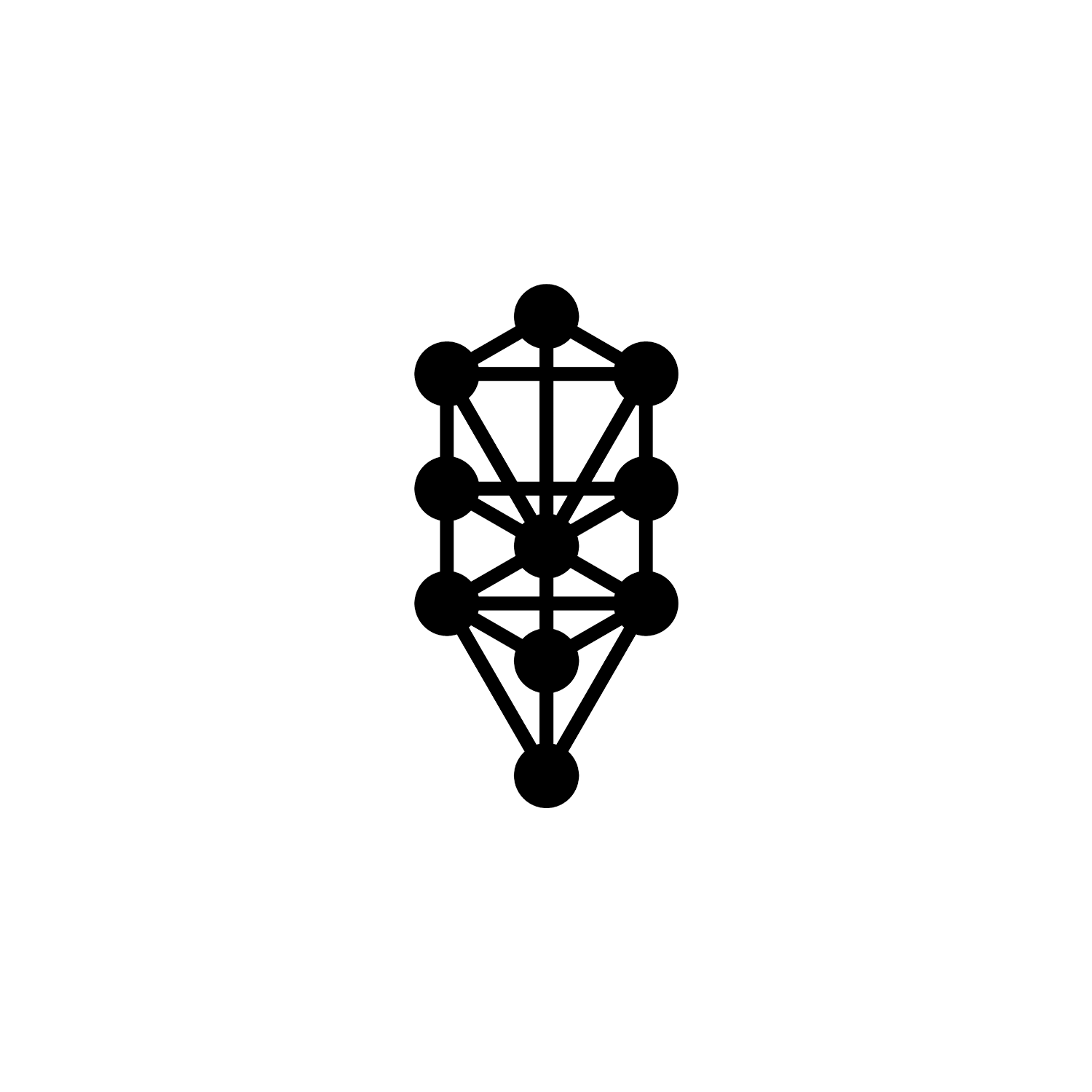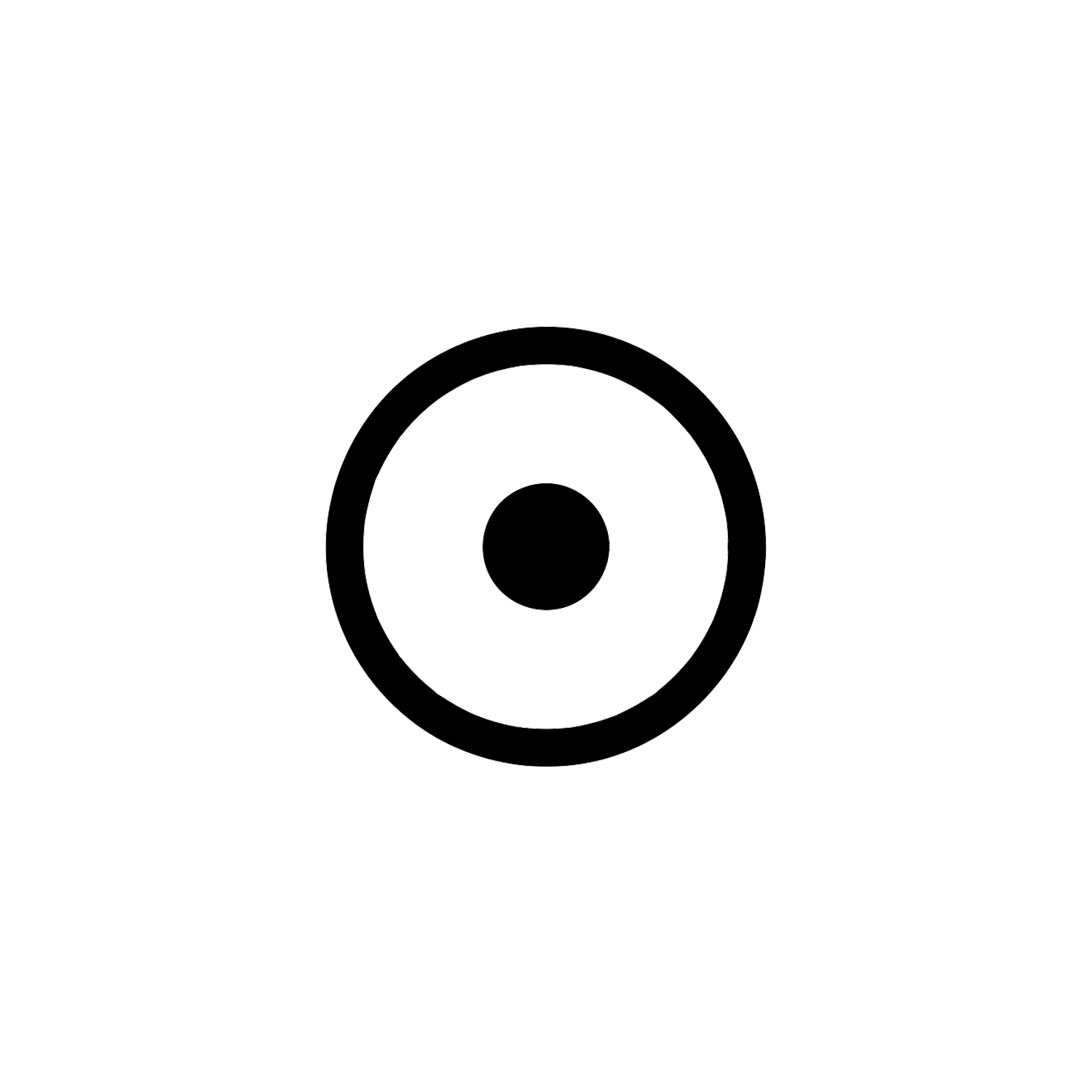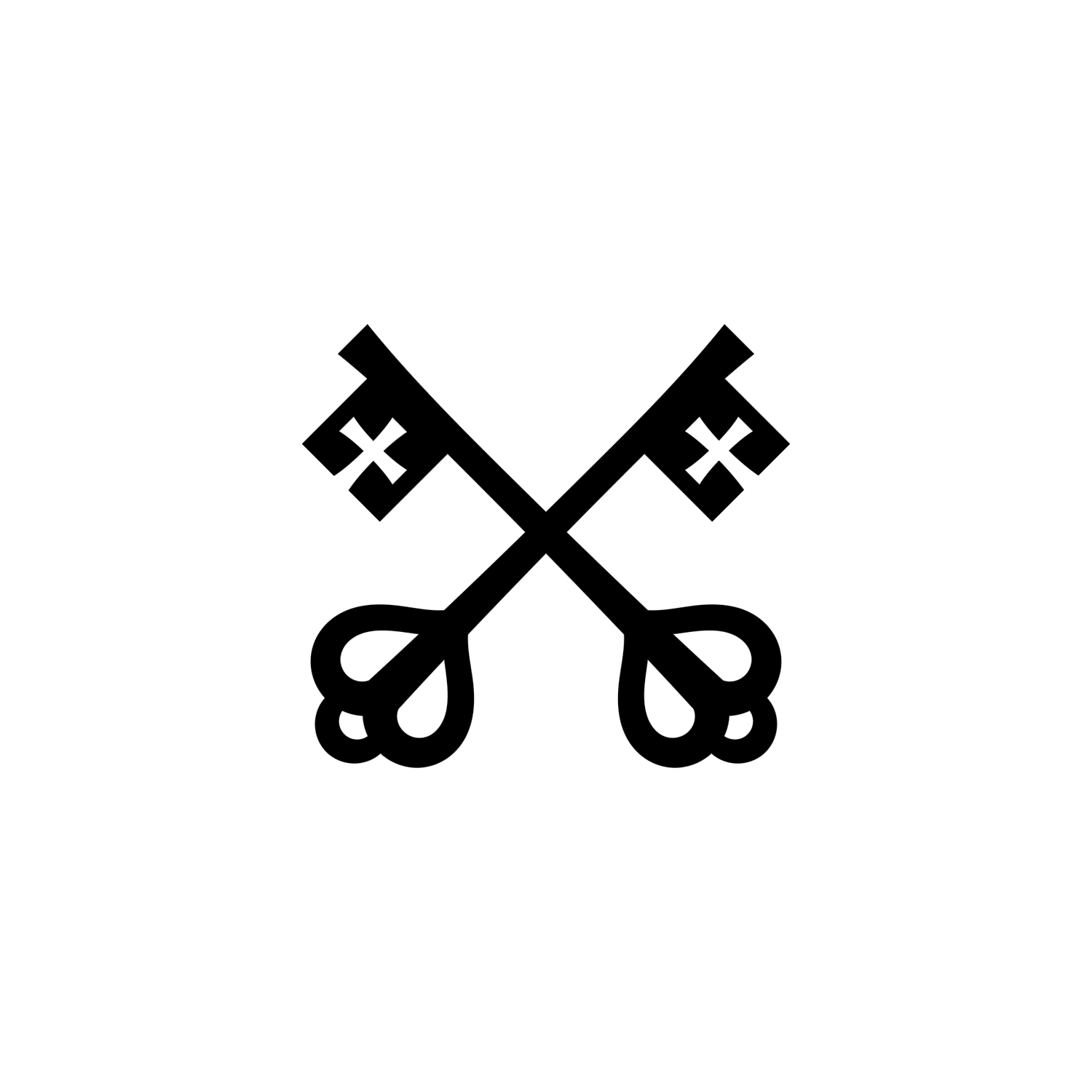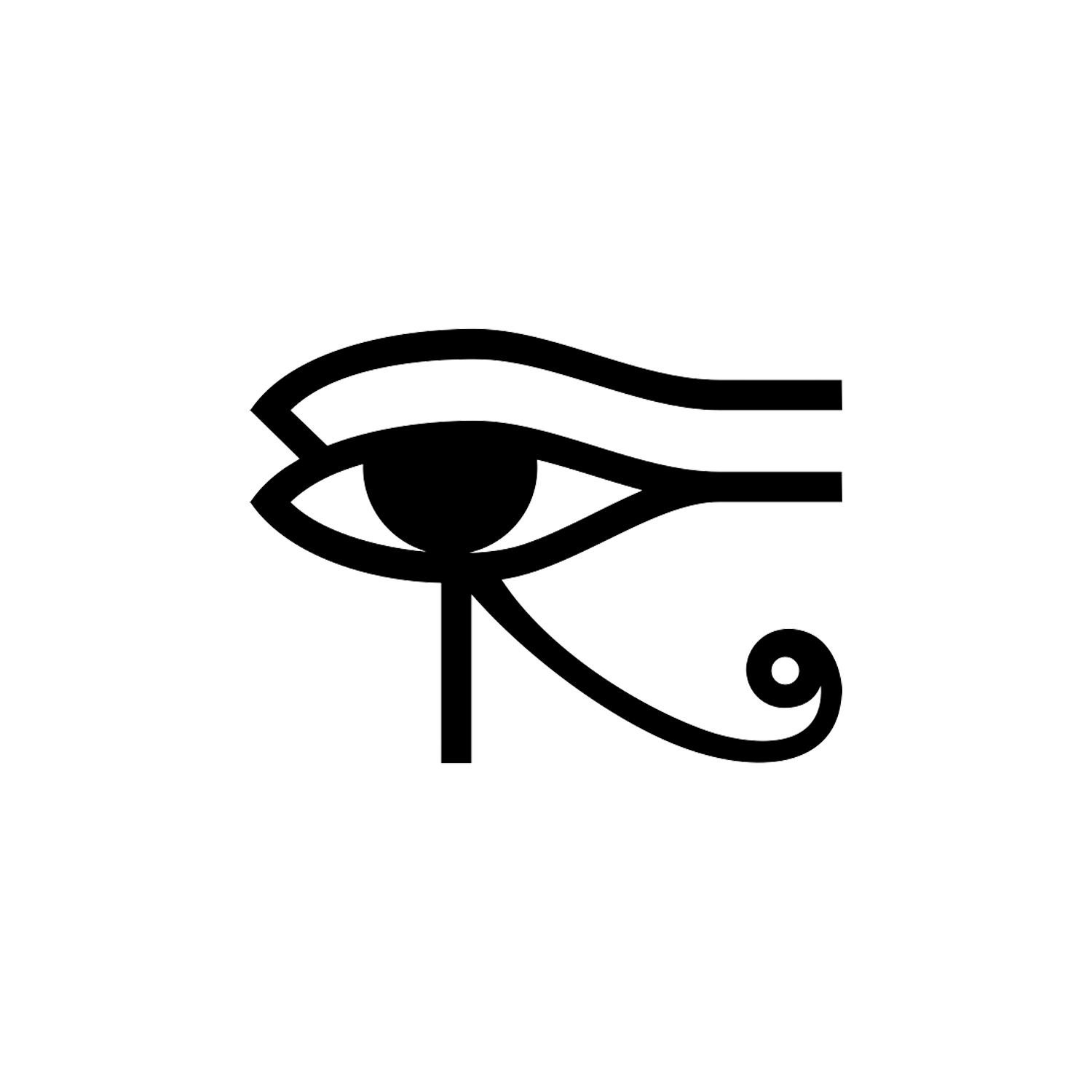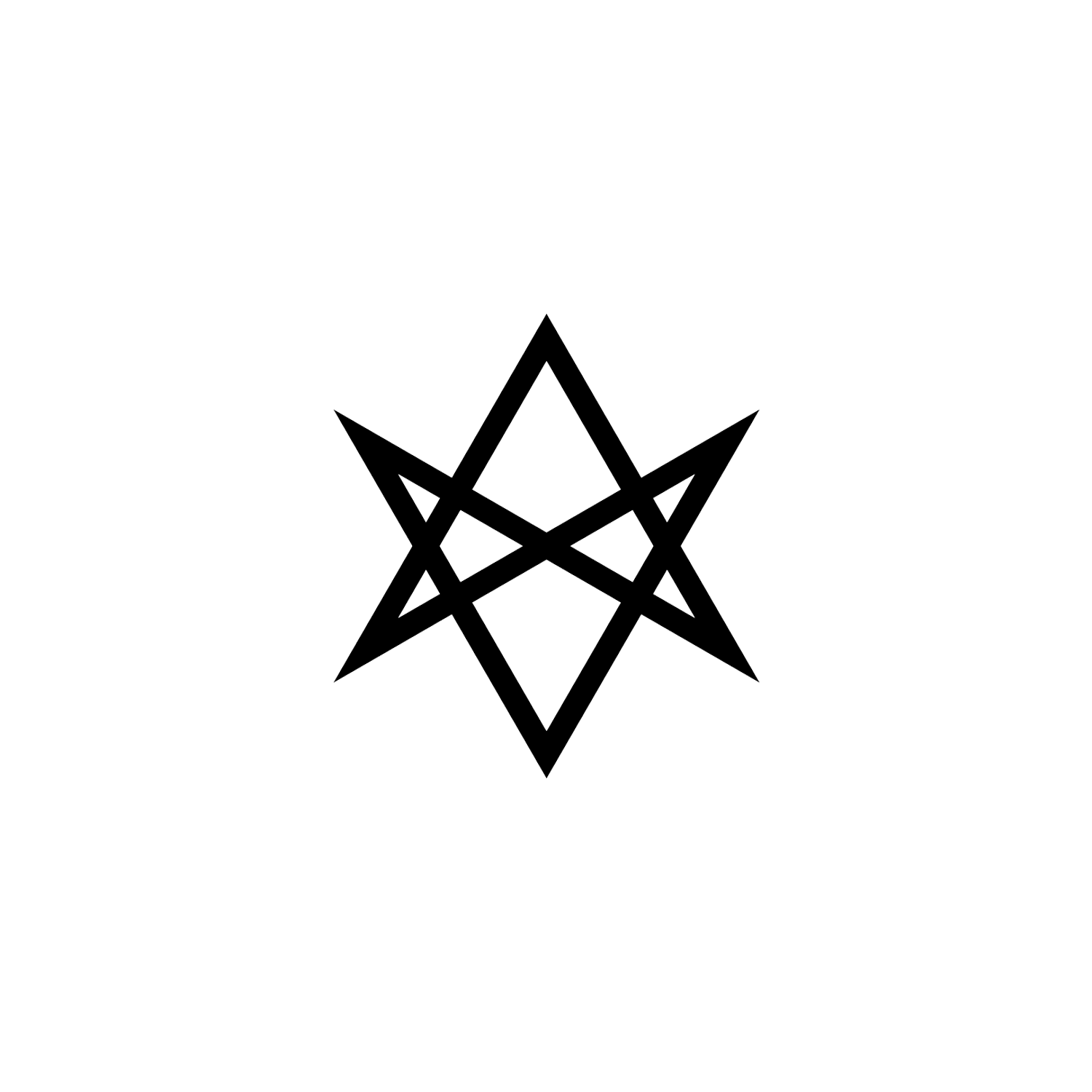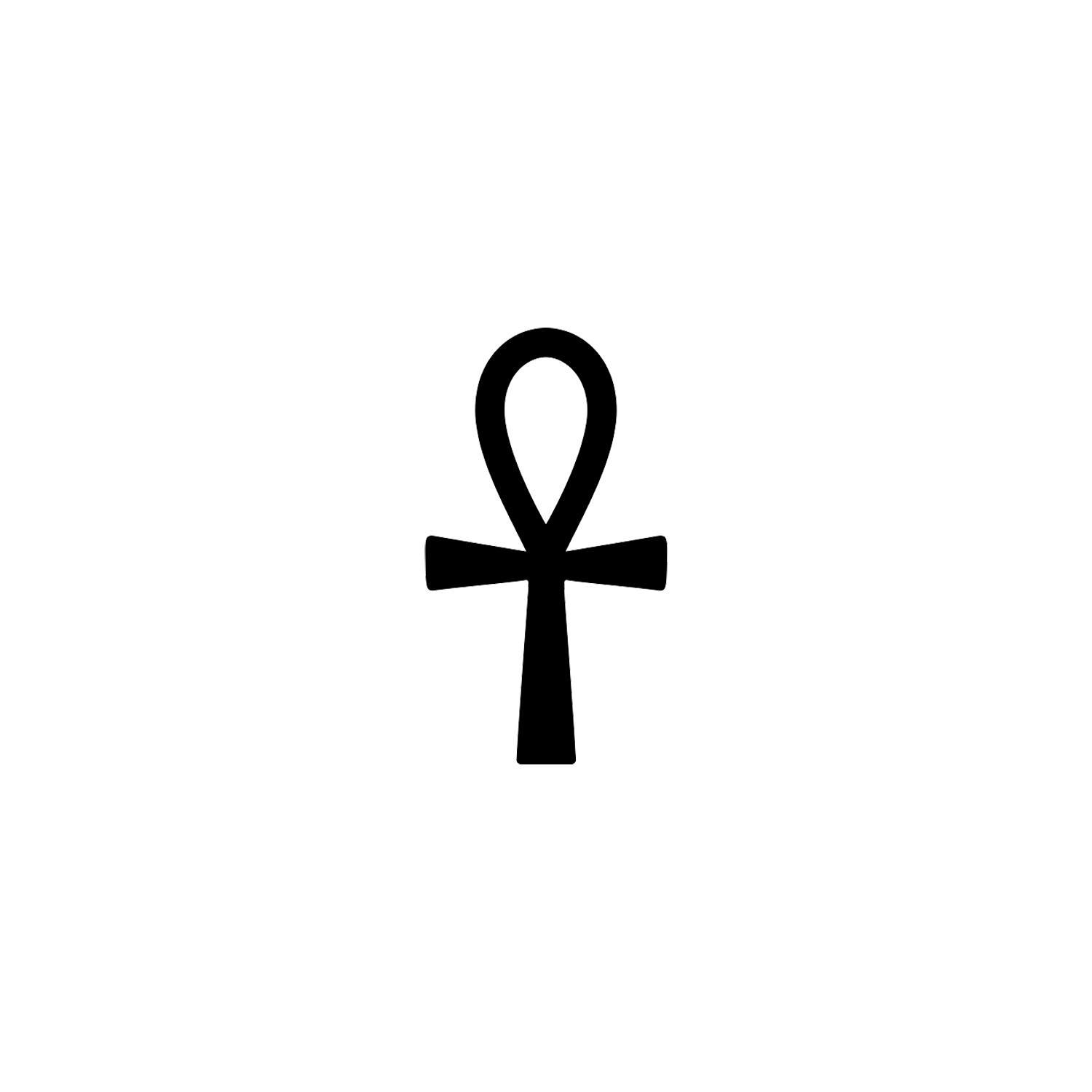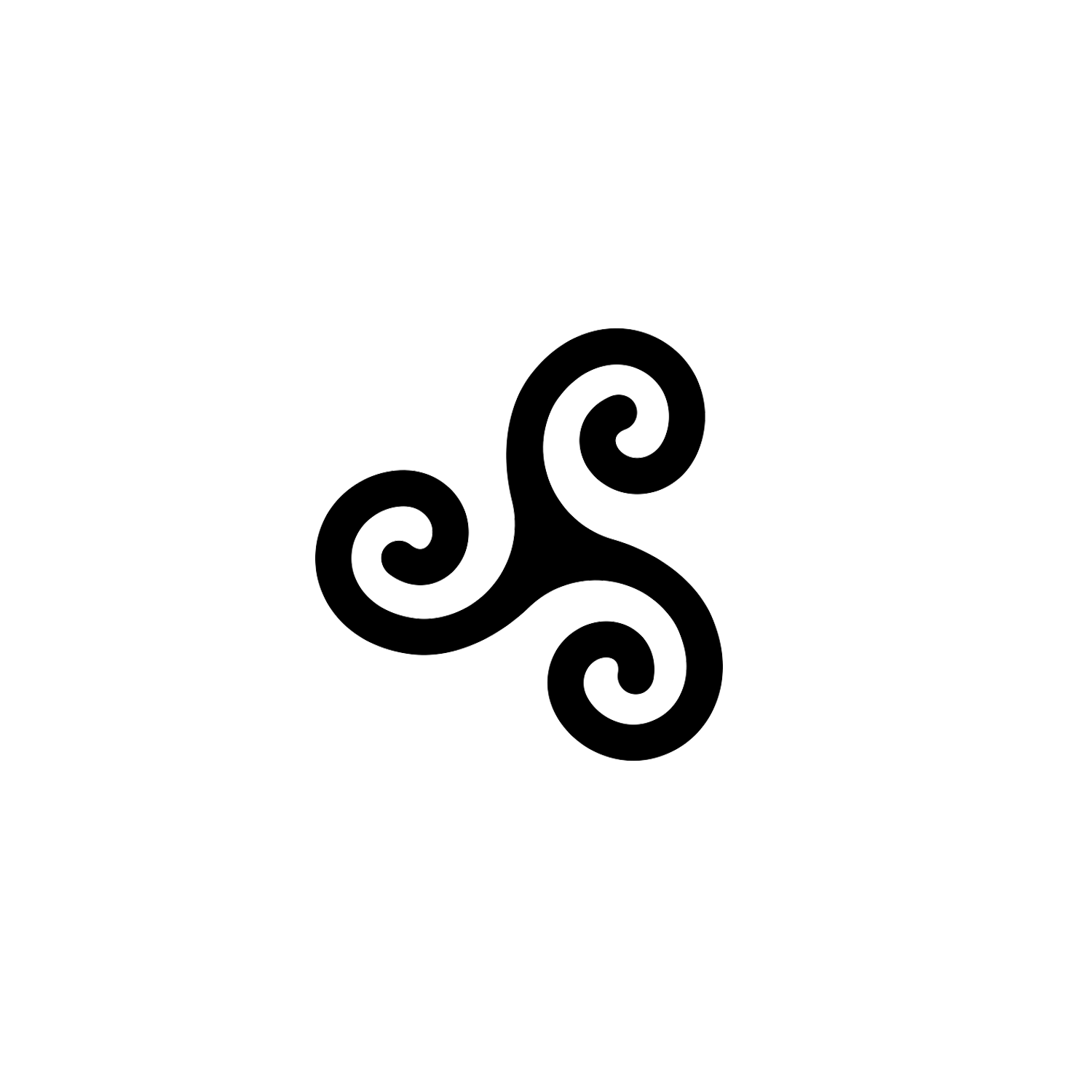Triquetra
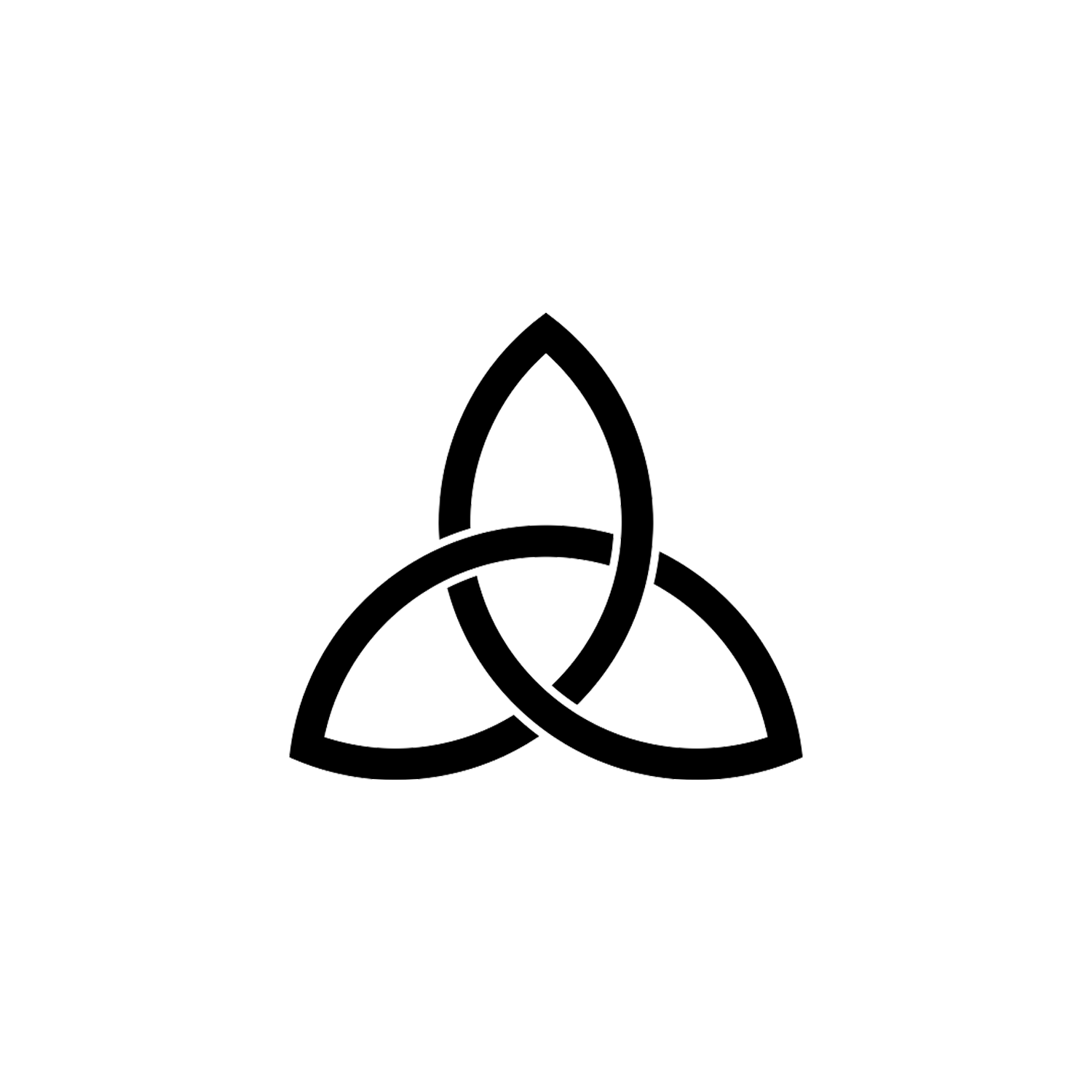

Triquetra
Also known as Trinity Knot.
Overview
The triquetra (/traɪˈkwɛtrə/ treye-KWEH-truh; from the Latin adjective triquetrus “three-cornered”) is a triangular figure composed of three interlaced arcs, or (equivalently) three overlapping vesicae piscis lens shapes.
It is used as an ornamental design in architecture, and in medieval manuscript illumination (particularly in the Insular tradition). Its depiction as interlaced is common in Insular ornaments from about the 7th century. In this interpretation, the triquetra represents the topologically simplest possible knot.
The meaning varies in different religions and cultures, but the concept of interconnectedness and infinity seem to be the foundation for all groups. In the pagan perspective, it represents the maiden/mother/crone elements of the Triple Goddess. In the Christian tradition, it represents the Trinity of the father/son/holy spirit. Others interpret it as birth/life/death and or earth/air/water.
Origin and Meaning
The term triquetra in archaeology is used of any figure consisting of three arcs, including a pinwheel design of the type of the triskeles. Such symbols become frequent from about the 4th century BC ornamented ceramics of Anatolia and Persia, and it appears on early Lycian coins.[1]
The triquetra is found on runestones in Northern Europe, such as the Funbo Runestones, and on early Germanic coins. It bears a resemblance to the Valknut, a design of three interlacing triangles, found in the same context.

The triquetra is often found in insular art, most notably metal work and in illuminated manuscripts like the Book of Kells. It is a “minor though recurring theme” in the secondary phase of Anglo-Saxon sceatta production (c. 710–760).[2] It is found in similar artwork on early Christian High Crosses and slabs. An example from early medieval stonework is the Anglo-Saxon frithstool at Hexham Abbey.[3]
The symbol has been interpreted as representing the Holy Trinity, especially since the Celtic revival of the 19th century. The original intention by the early medieval artists is unknown and experts warn against over-interpretation.[2] It is, however, regularly used as a Trinitarian symbol in contemporary Catholic iconography.
In the context of the Christian emblem, the triquetra is an expression of the divine Trinity, especially since it can be said to result from the union and intersection of three distinct Vesica Piscis: if a single stylized fish represents Jesus, then the union and interpenetration of three fish necessarily means the union of the three Divine Persons in one: the Father, the Son, and the Holy Spirit.
The Book of Kells is one of the most beautifully illustrated manuscripts ever produced in Celtic monasteries.
Written in the 1800s, it contains four Latin Gospels, with many richly elaborate portraits and miniatures. A small decorative triquetra appears on page 66 and is the first example of the use of the triquetra in the Christian context.
The triquetra is also often used artistically as a design element when Celtic knotwork is used, especially in association with the modern Celtic nations. The triquetra, also known as a “trinity knot”, is often found as a design element in popular Irish jewelry such as claddaghs and other wedding or engagement rings.[4]
Celtic pagans or neopagans who are not of a Celtic cultural orientation may use the triquetra to symbolise a variety of concepts and mythological figures. Due to its presence in insular Celtic art, Celtic Reconstructionists use the triquetra either to represent one of the various triplicities in their cosmology and theology (such as the tripartite division of the world into the realms of Land, Sea, and Sky),[5] or as a symbol of one of the specific Celtic triple goddesses – for example the battle goddess, The Morrígan.
The symbol is also sometimes used by Wiccans, White Witches, and some New Agers to symbolise the Triple Goddess, or as a protective symbol.[6]

Symbol variations
From the point of view of mathematics, it is a geometric shape involving an intertwining of two knots: it is obtained by interweaving a cloverleaf knot and a simple closed curve (circle, or trivial knot) in a non-simplified way. The geometric shape is obtained by presenting the aforementioned weave in a substantially symmetrical shape, invariant by rotations of 120 degrees. This figure is also simplified in the purely two-dimensional correspondent (eliminating the overlapping distinctions).
Since the three elements of the Triquetra are closely interconnected, they must not be considered as separate elements but as three different aspects of a single entity, the “whole”.
In many representations, the triquetra appears surrounded by a circle or presents a circle interlaced with its lobes. The circle, in most symbolic traditions, is associated with eternity and cyclicity. Once again, if it is referring to eternity and the infinite love of God or to the endless cyclicity of life and the cosmos, the circle drawn around the symbol only reinforces its meaning.


Conclusion
The Triquetra, also known as the Trinity Knot, is a symbol of Celtic origin with meaning in religion and culture, ranging from associations with the Holy Trinity in Christianity, to uses by Wiccans to symbolize the Triple Goddess. It is also representative of the cycle of life, symbolizing the past, present, and future.
It is similar to the Triskelion and Trinacria.
[1] John Burley Waring, Ceramic Art in Remote Ages (1874), 84f.
[2] Tony Abramson (ed.), Two Decades of Discovery Studies in Medieval Coinage 1, Boydell Press (2008), p. 1.
[3] "The Corpus of Anglo-Saxon Stone Sculpture". www.ascorpus.ac.uk.
[4] McMahon, Seán (1999). Story of the Claddagh Ring. Mercier Press. ISBN 9781856351898.
[5] Mac Mathúna, Liam (1999) "Irish Perceptions of the Cosmos" Celtica vol. 23 (1999), pp.174–187
[6] Cunningham, Scott (2004) [1988], "Rune Magic", Wicca: A Guide to the Solitary Practitioner, Woodbury, MN, U.S.A.: Llewellyn, p. 191, ISBN 978-0-87542-118-6.
Latest Symbols
Monthly Digest
A summary of symbols for the month in a quick read format straight to your inbox.


